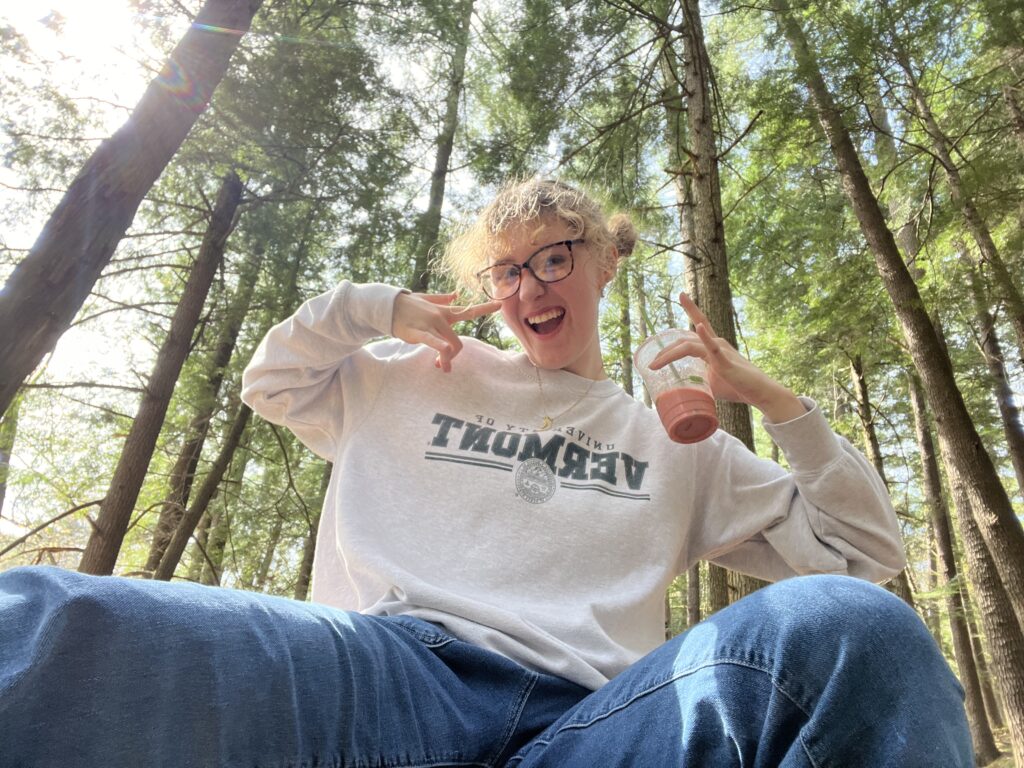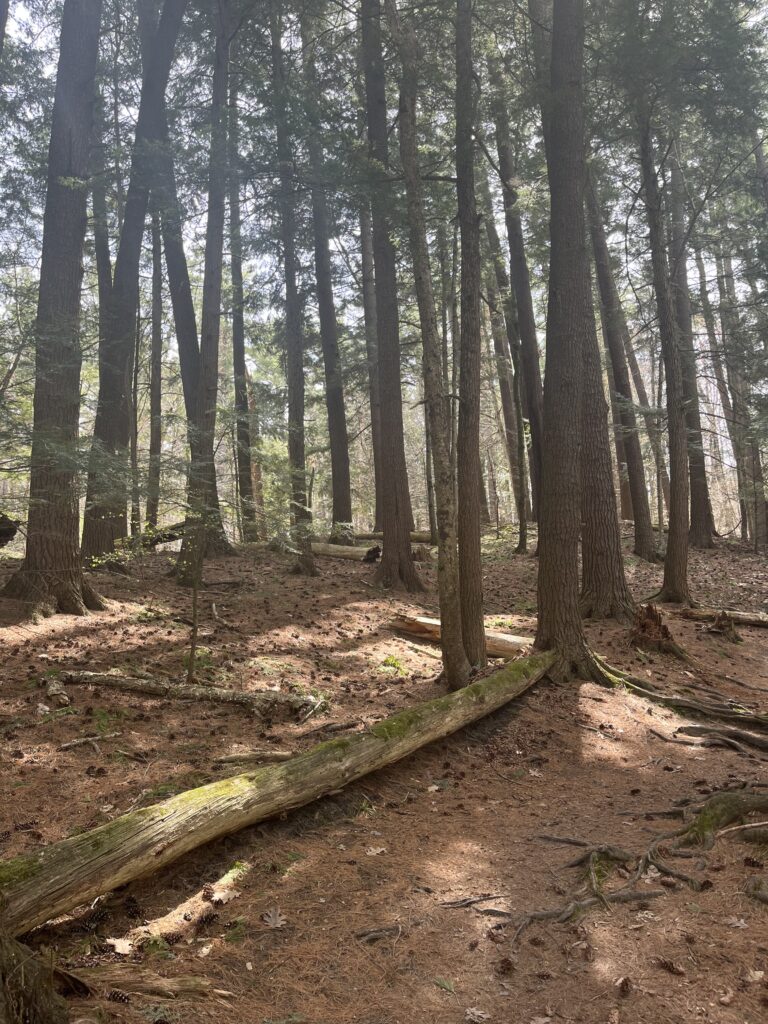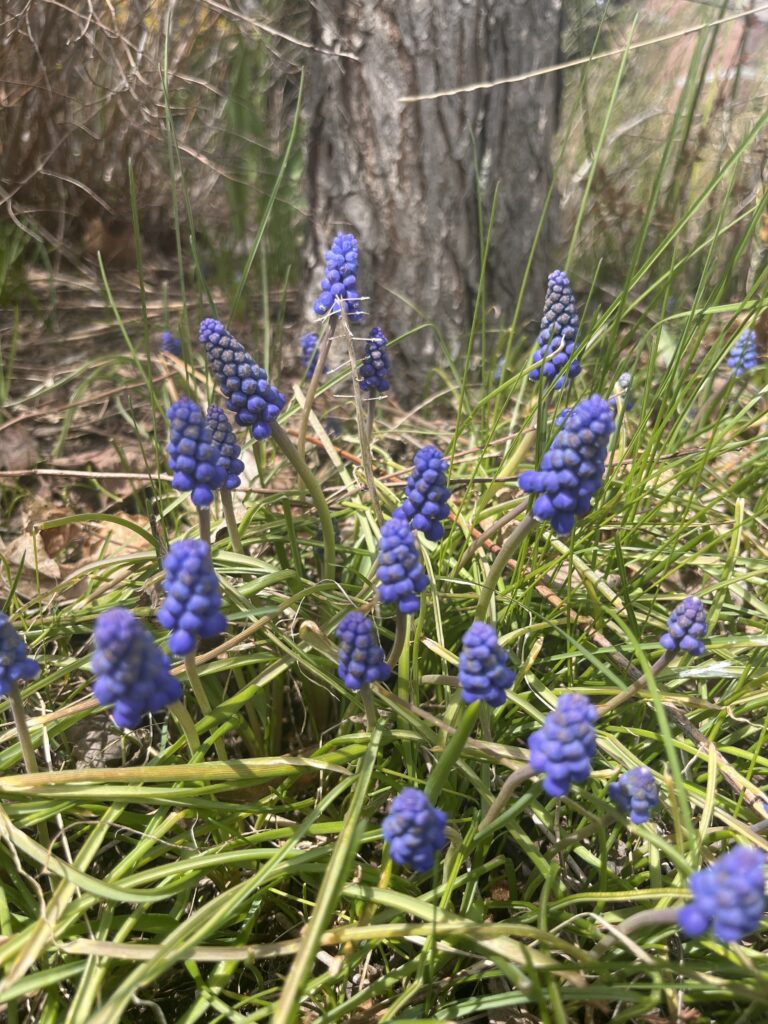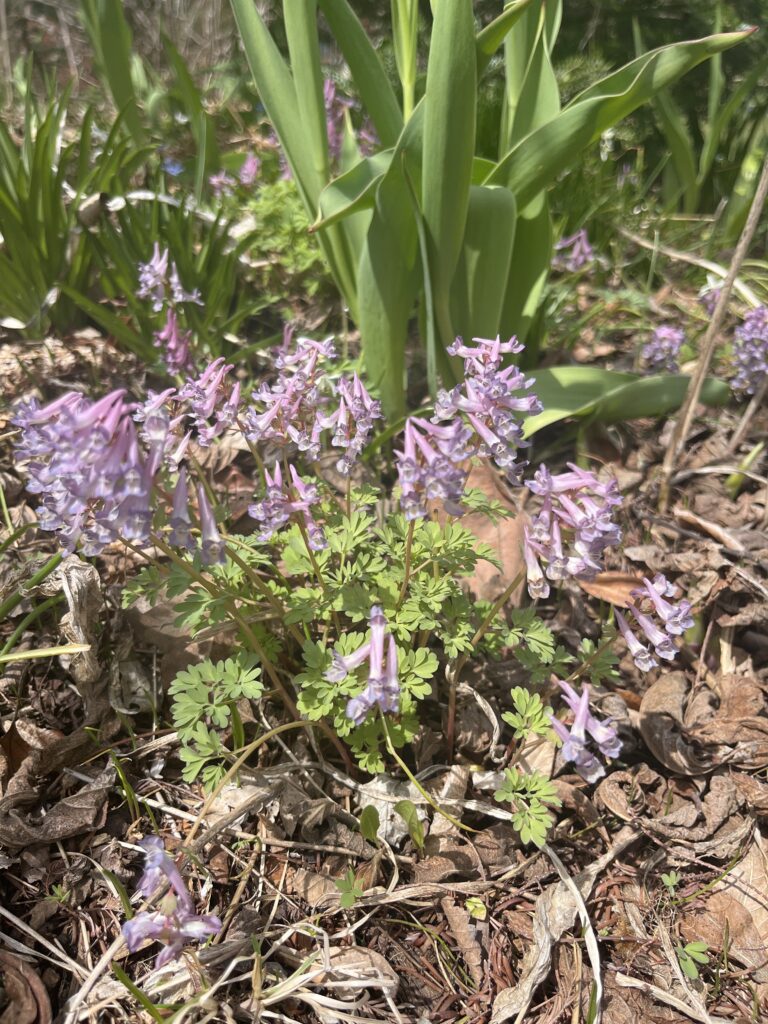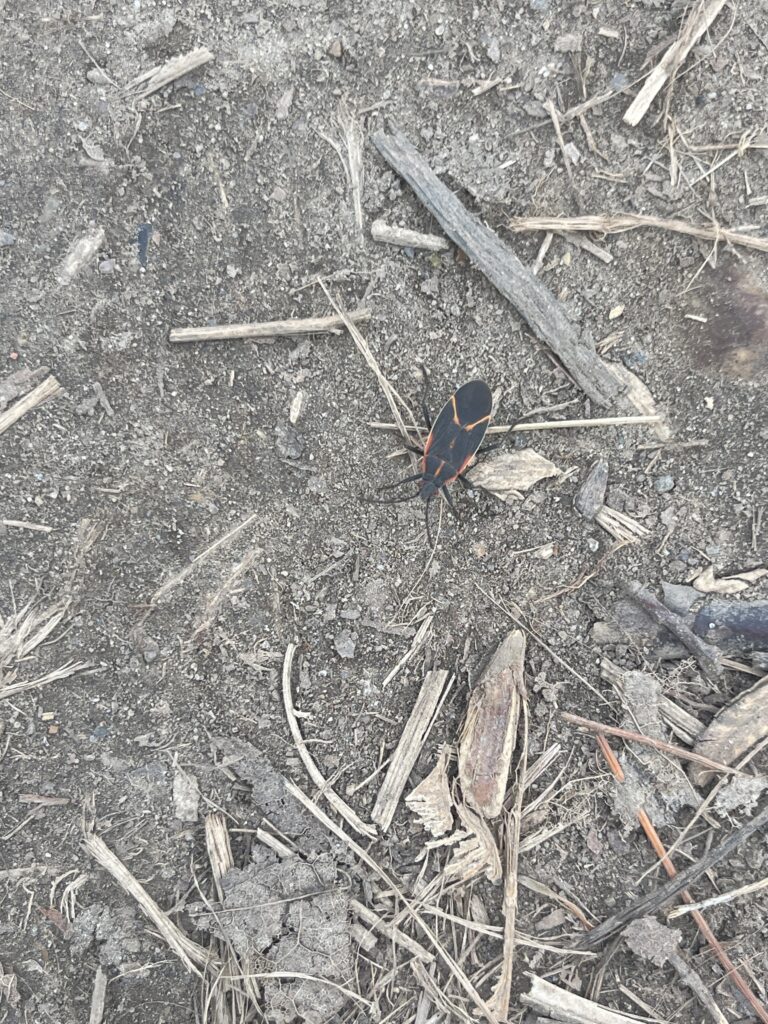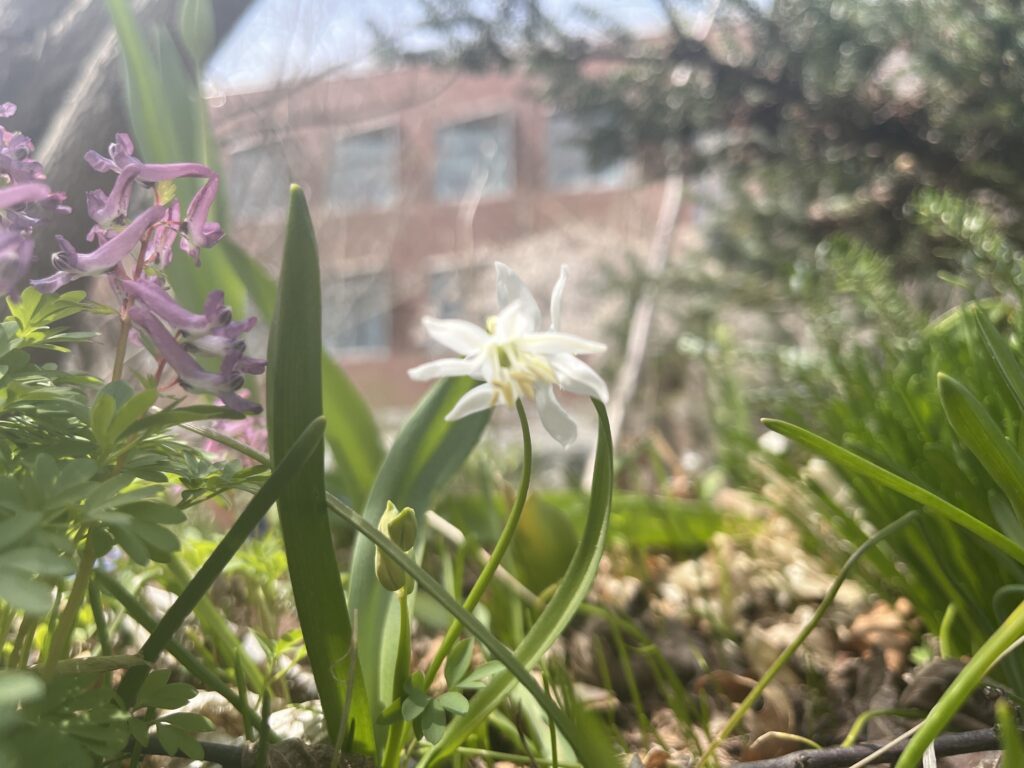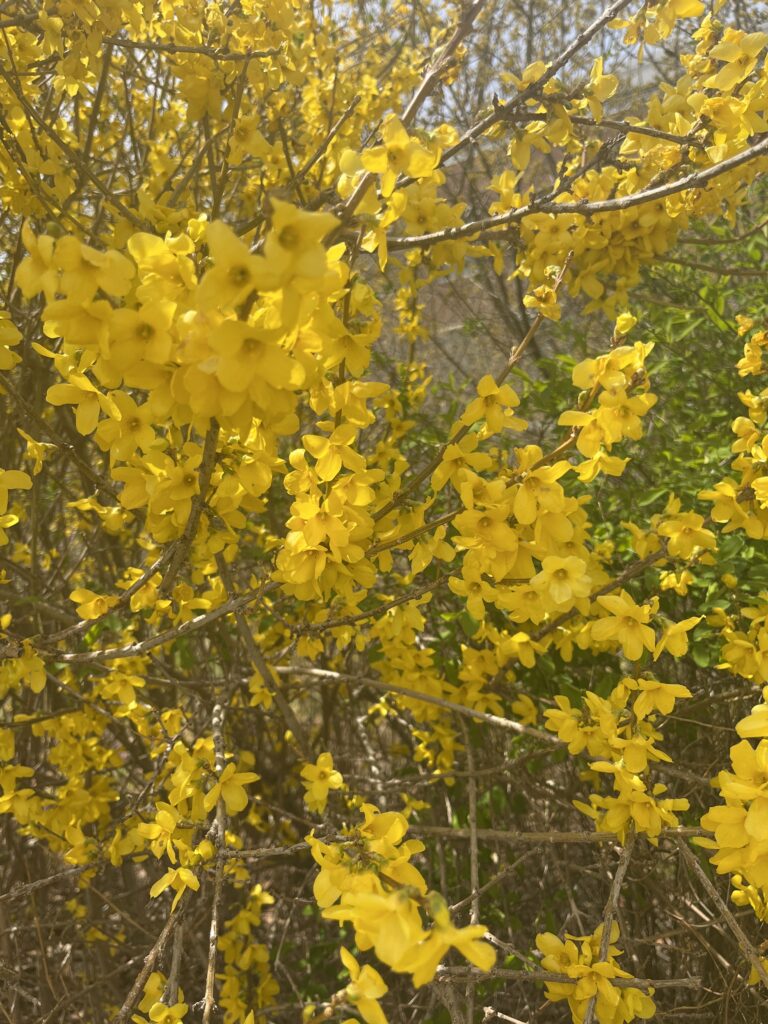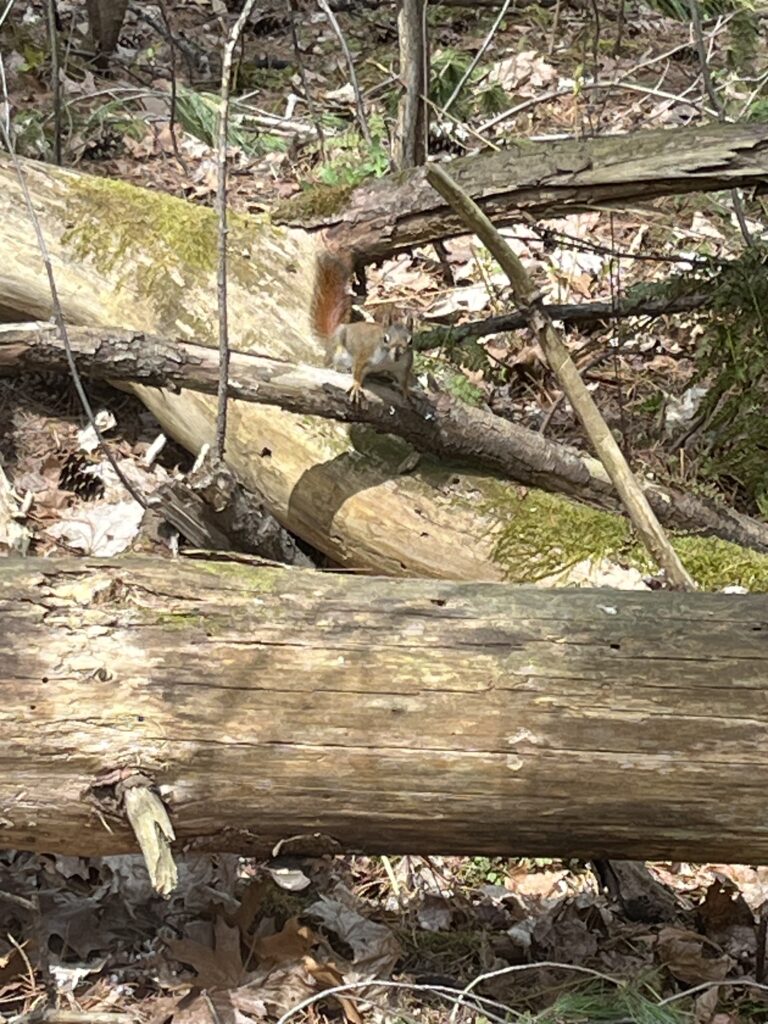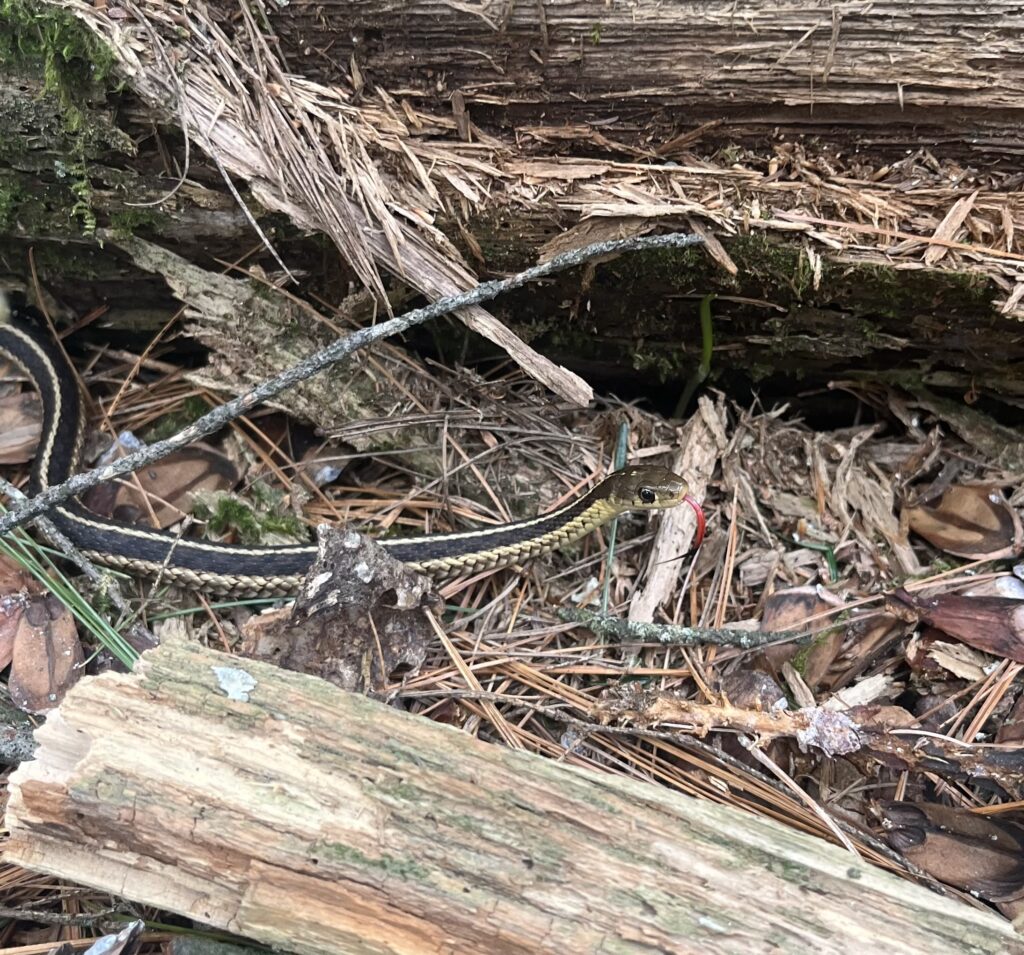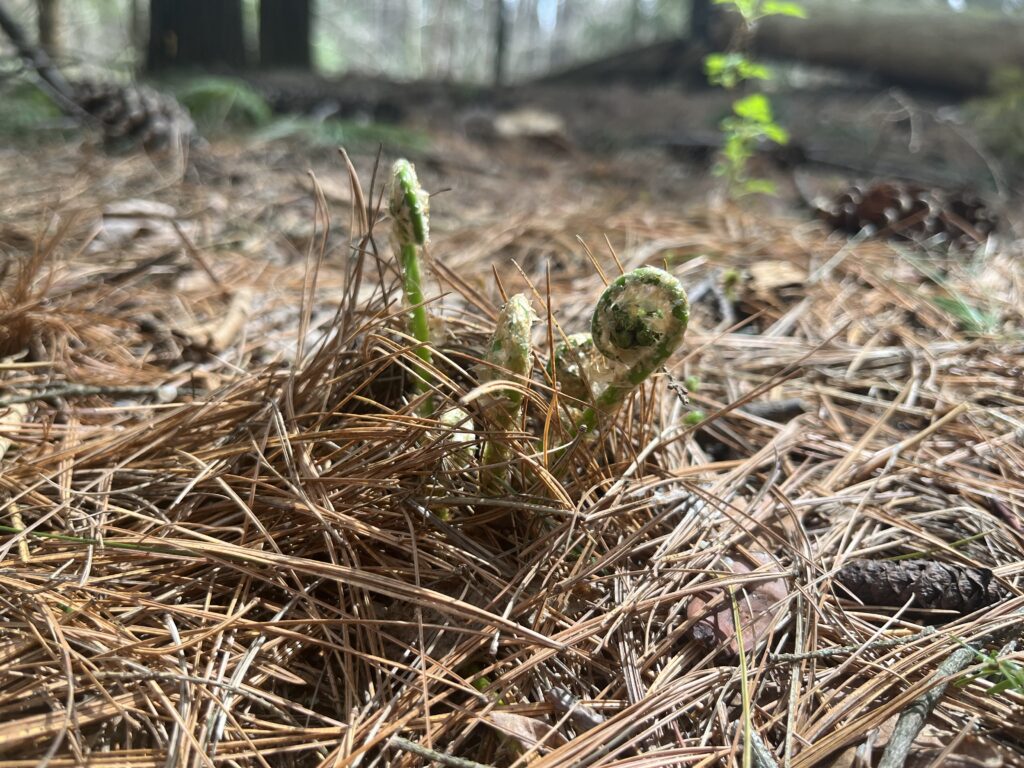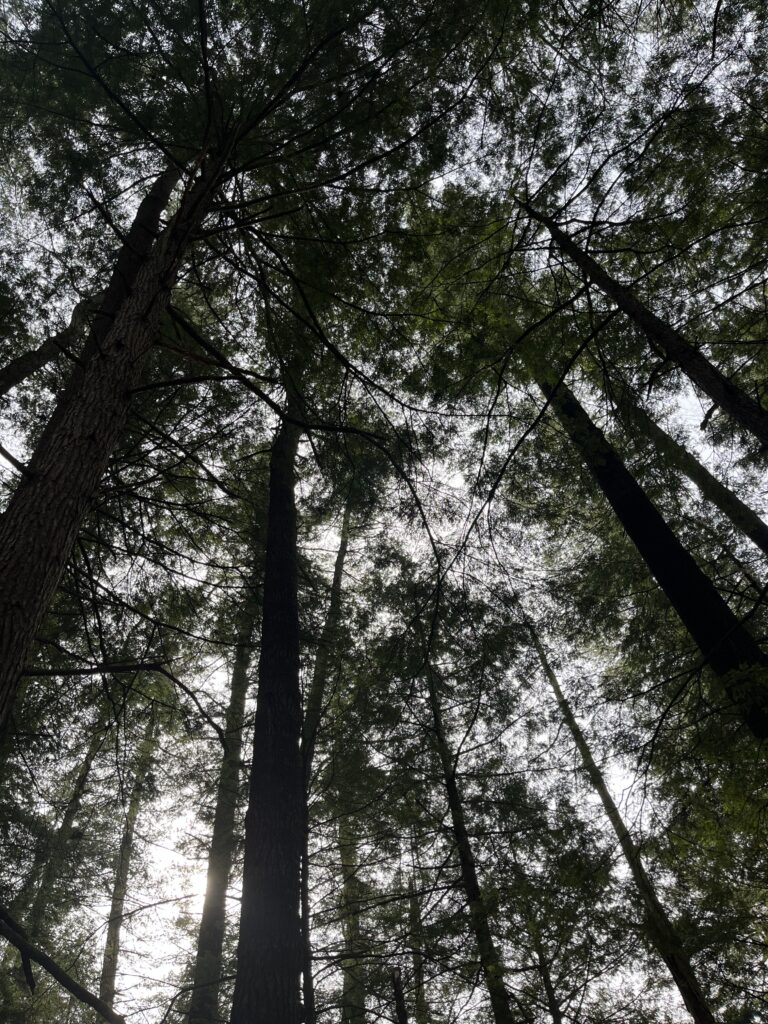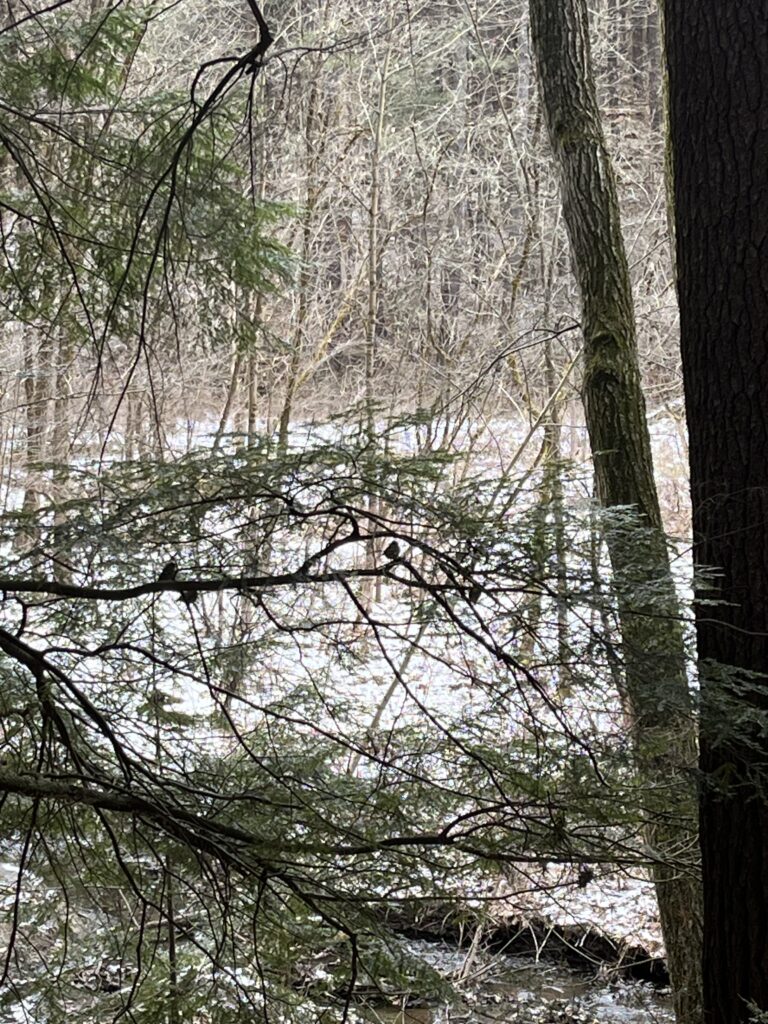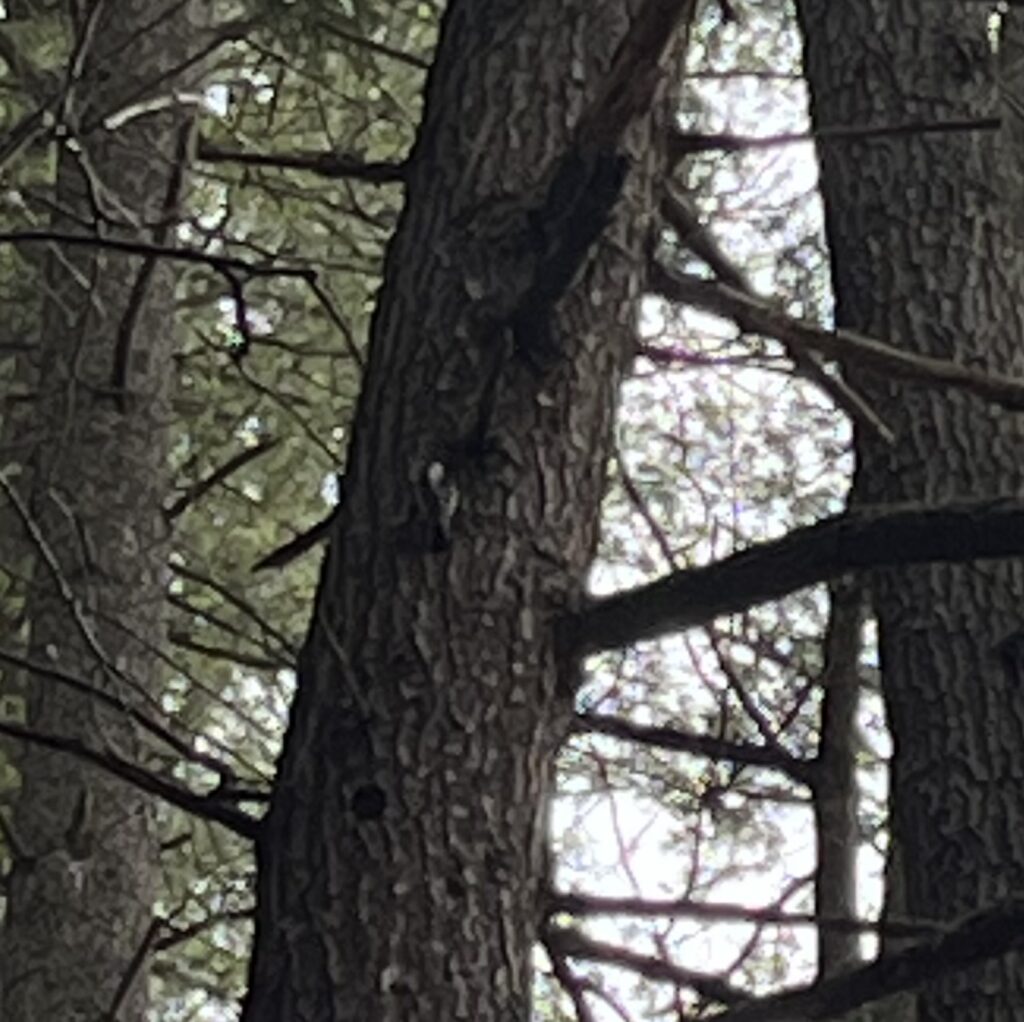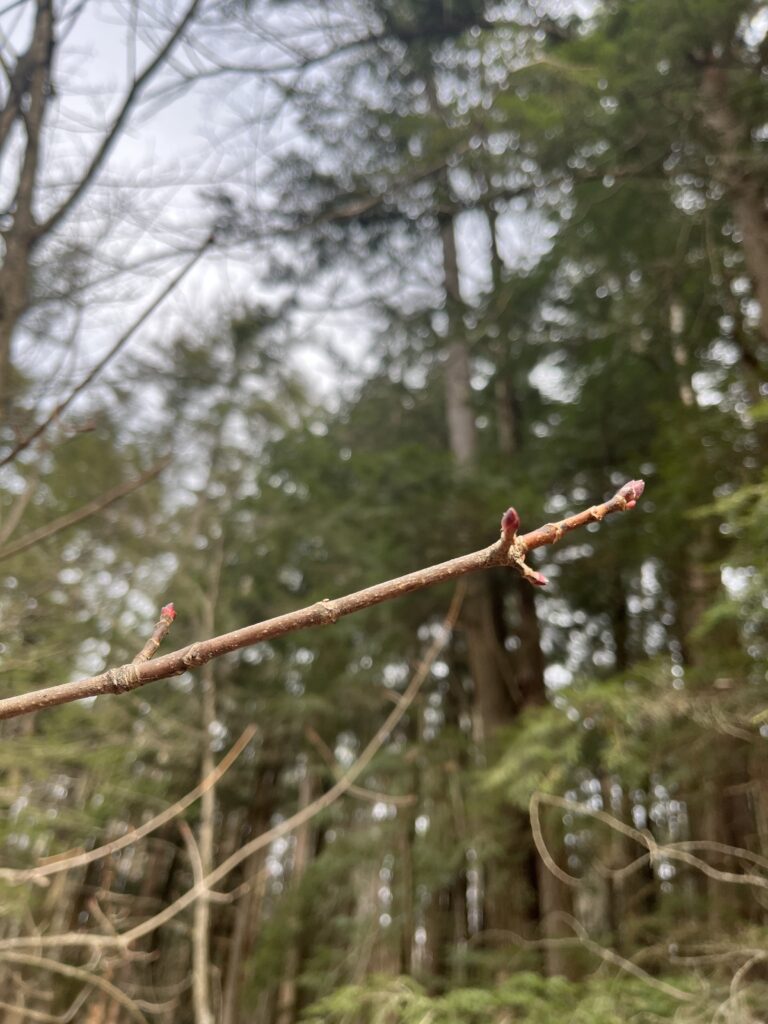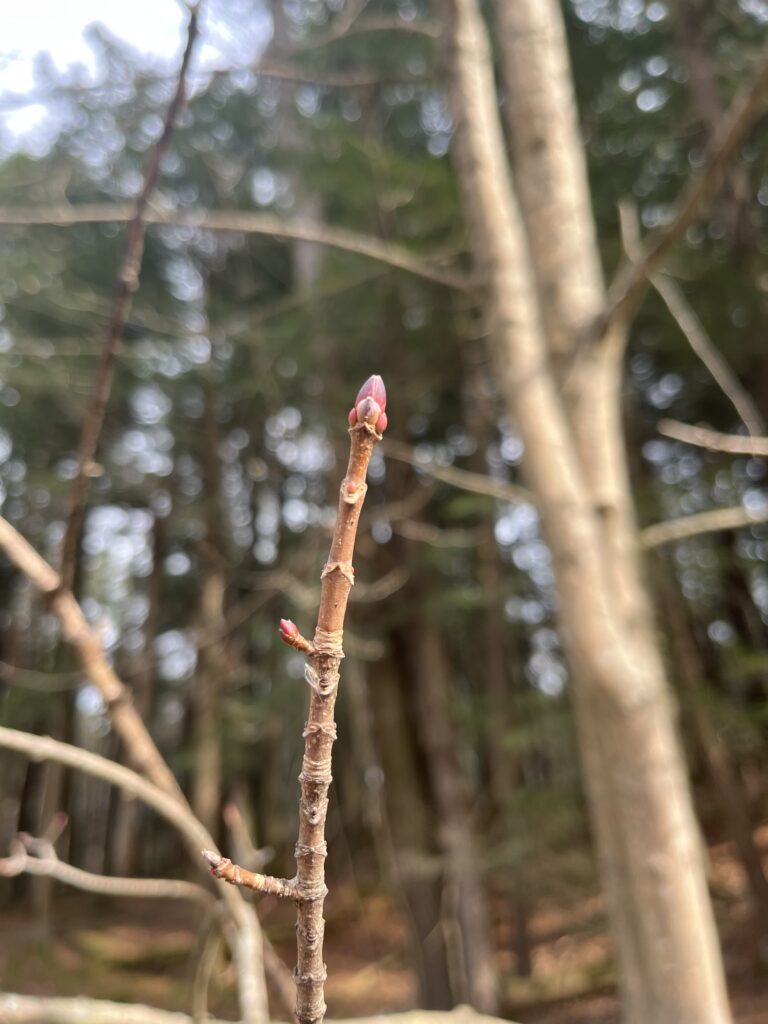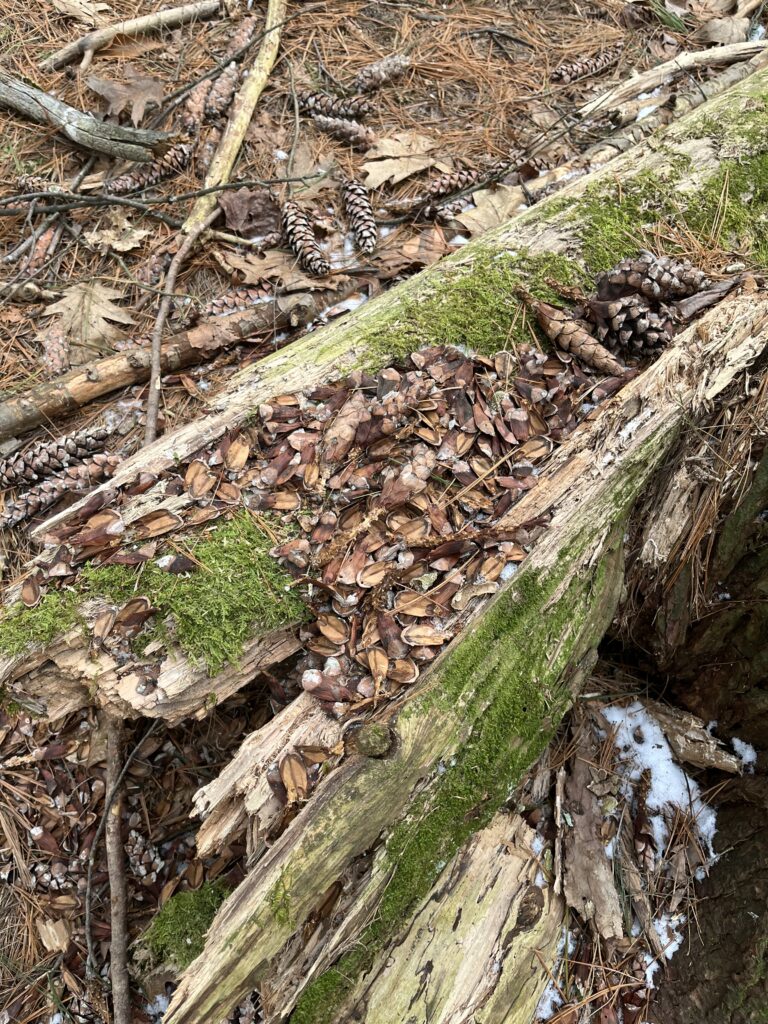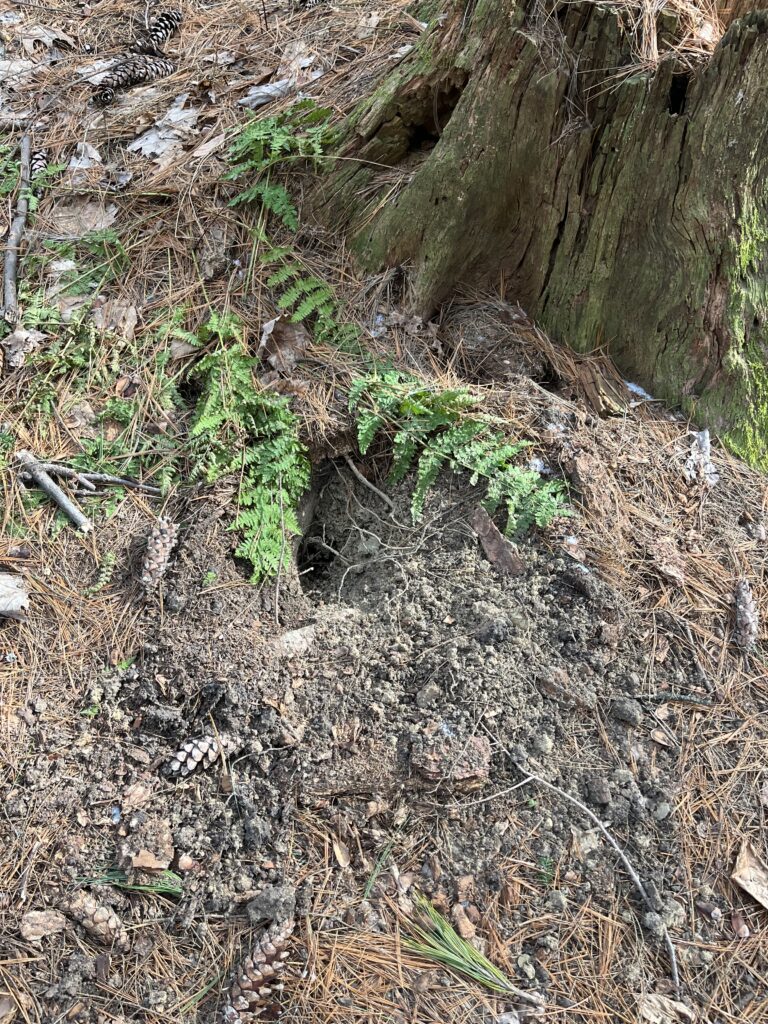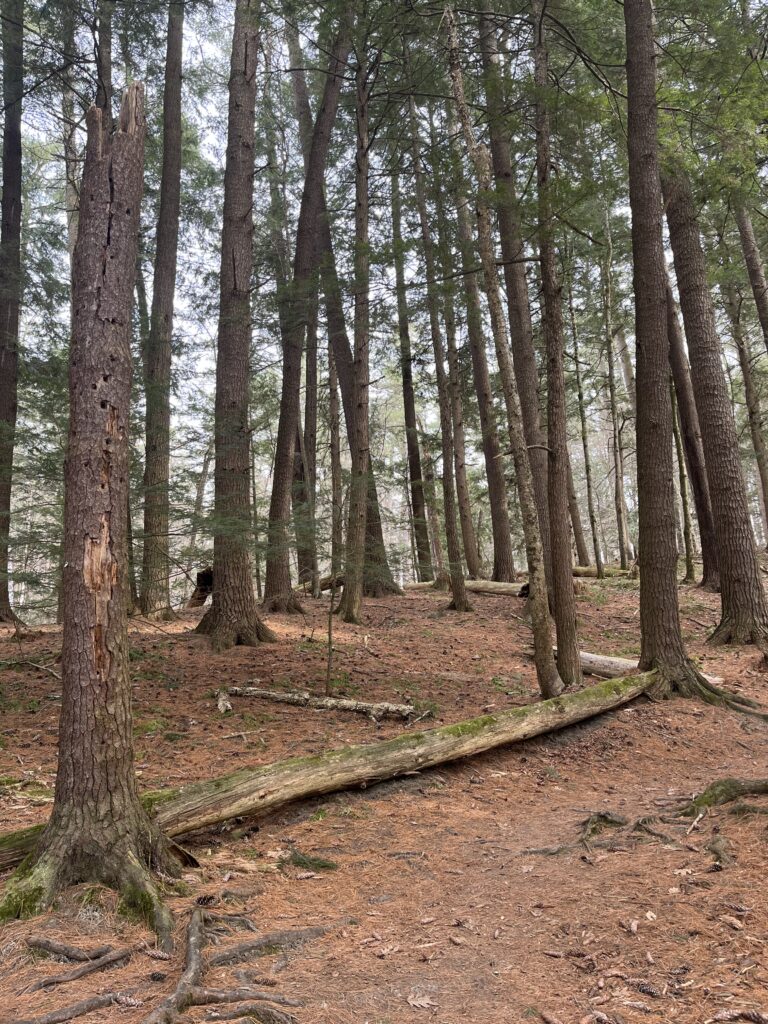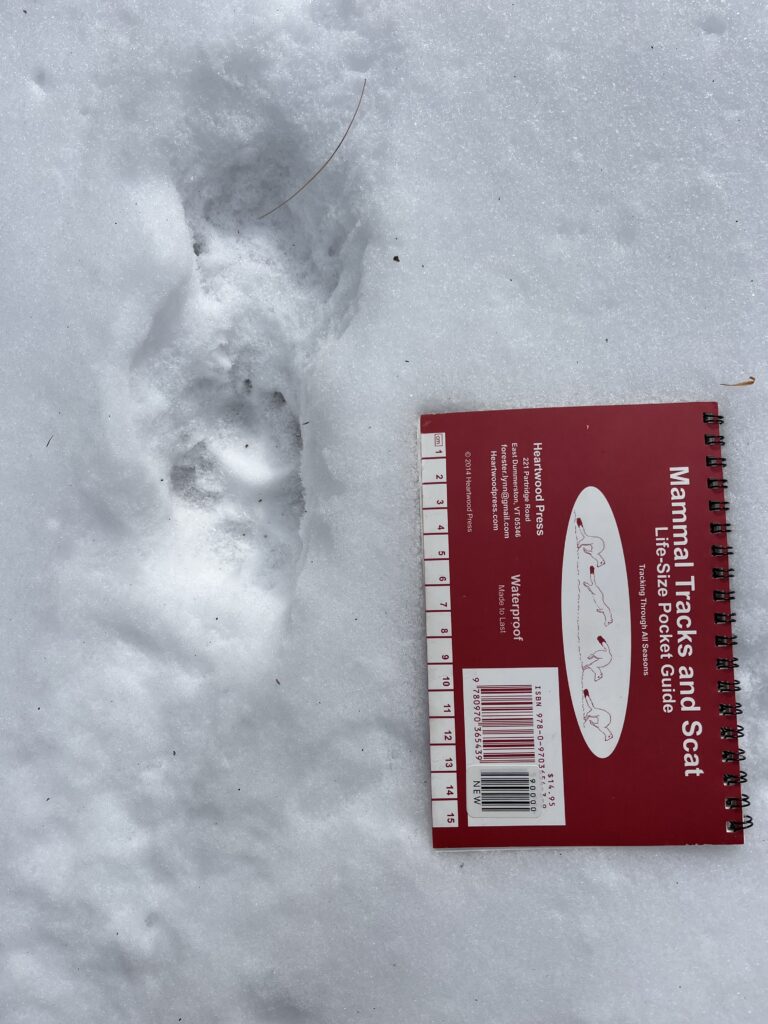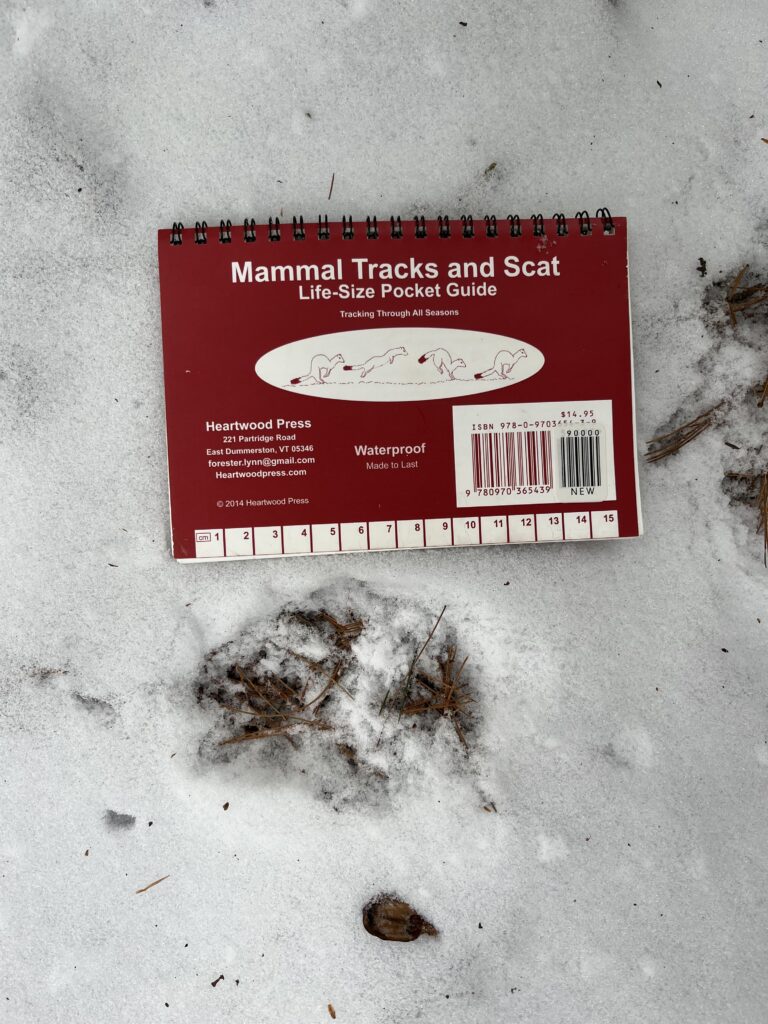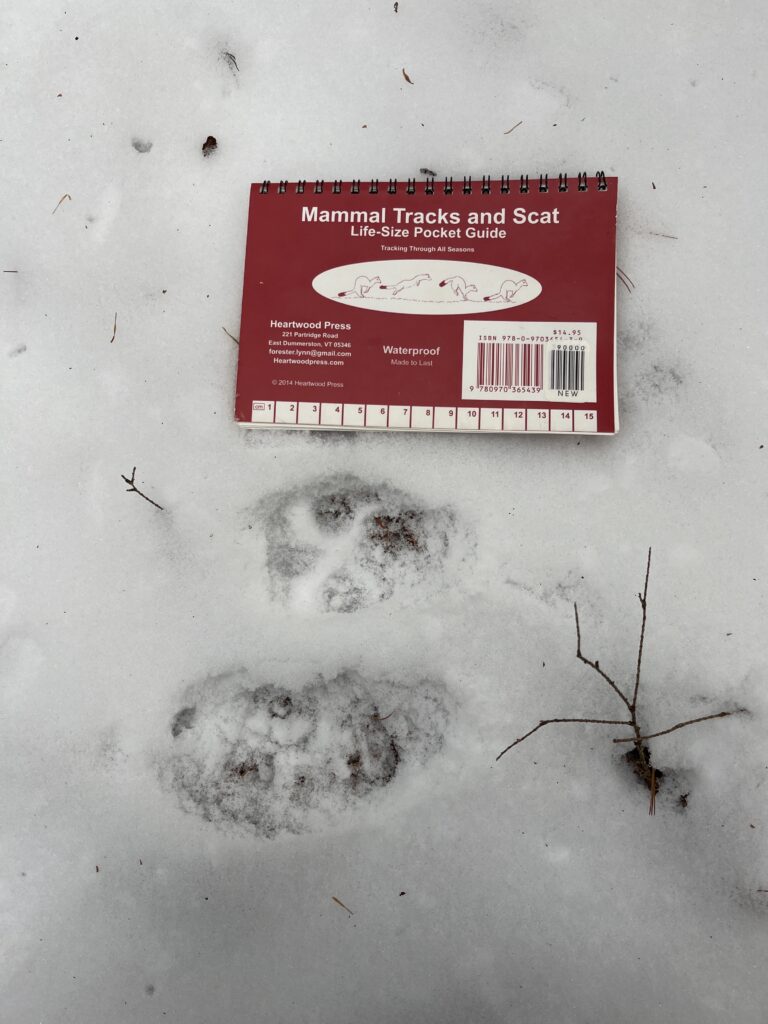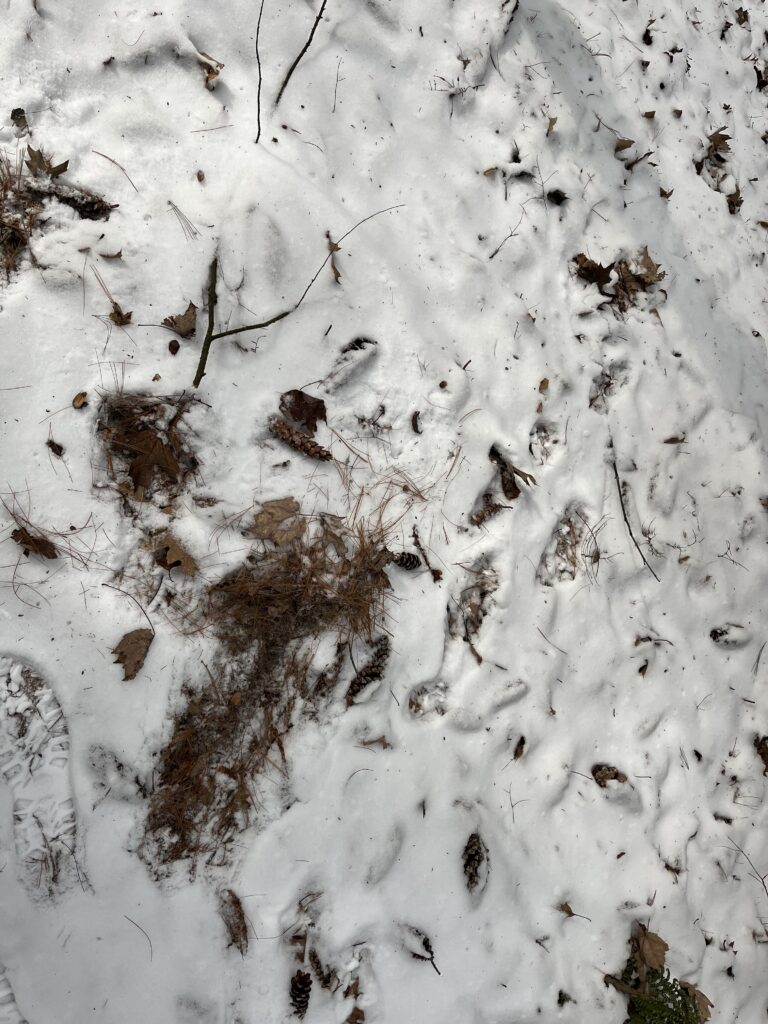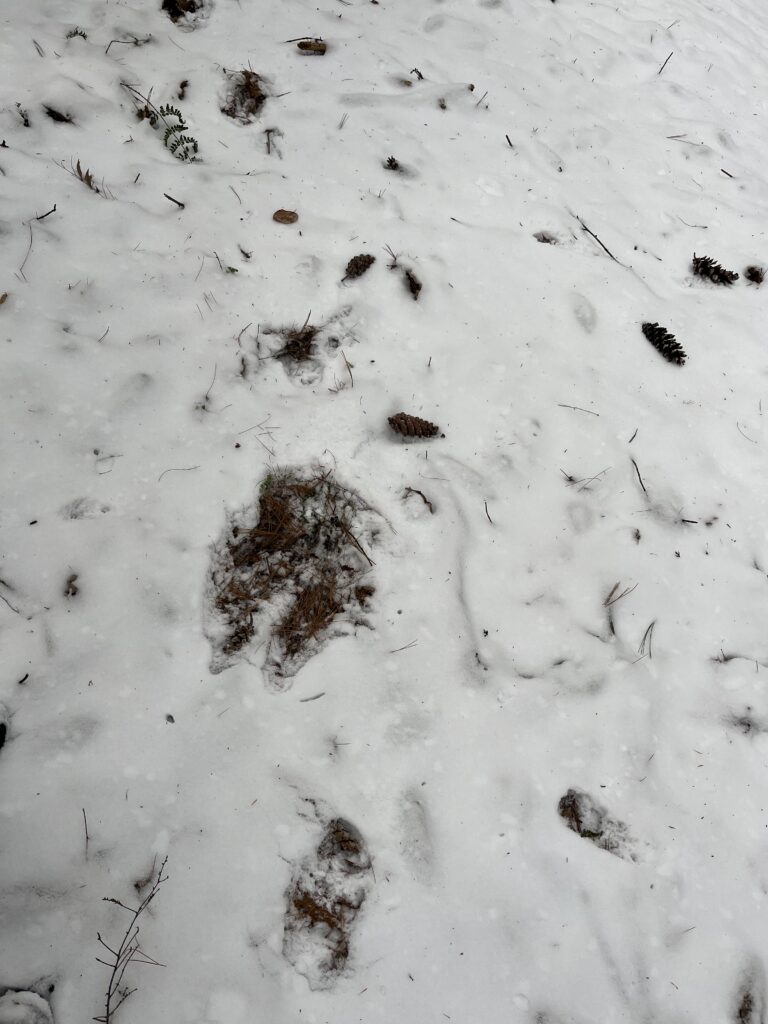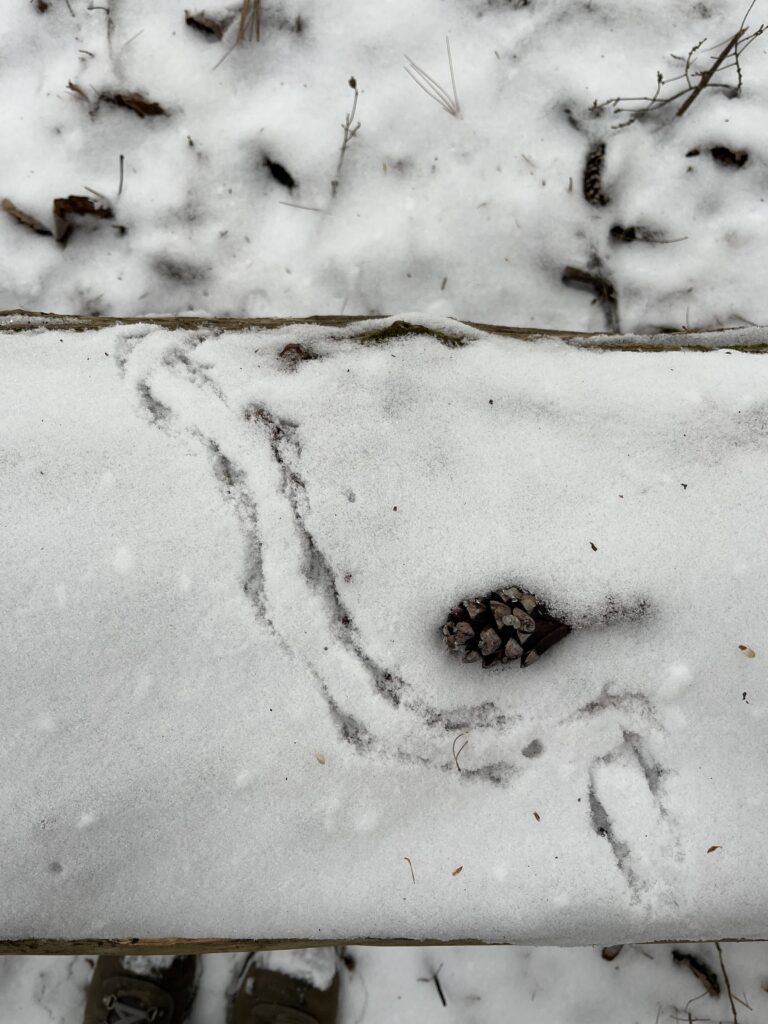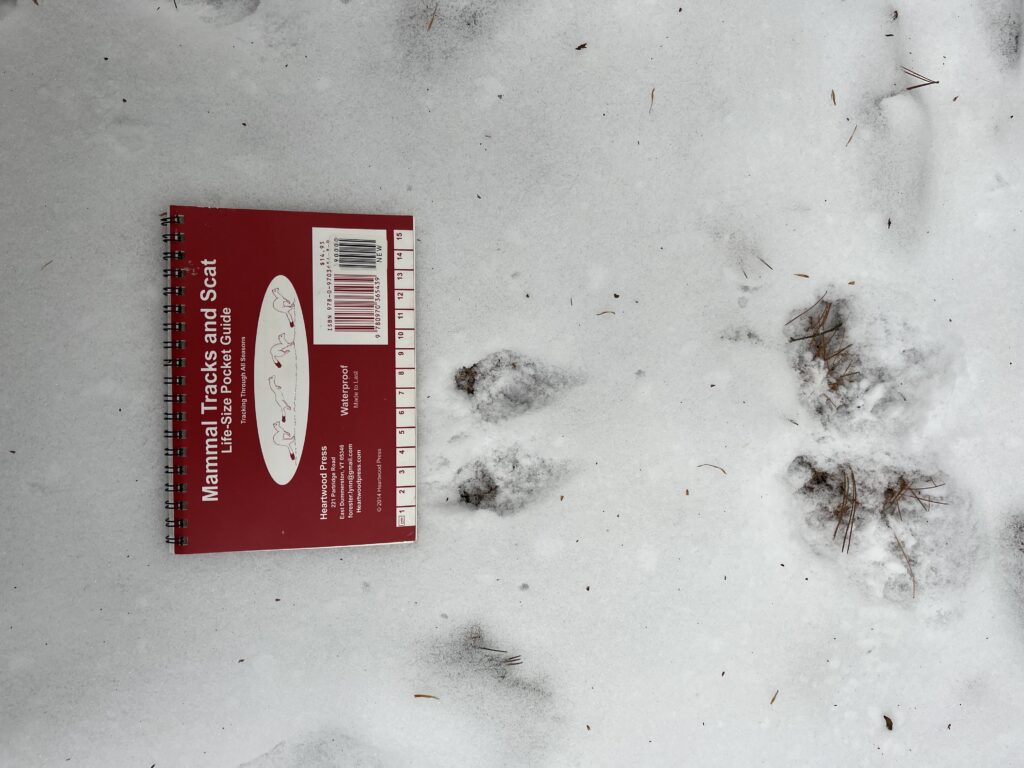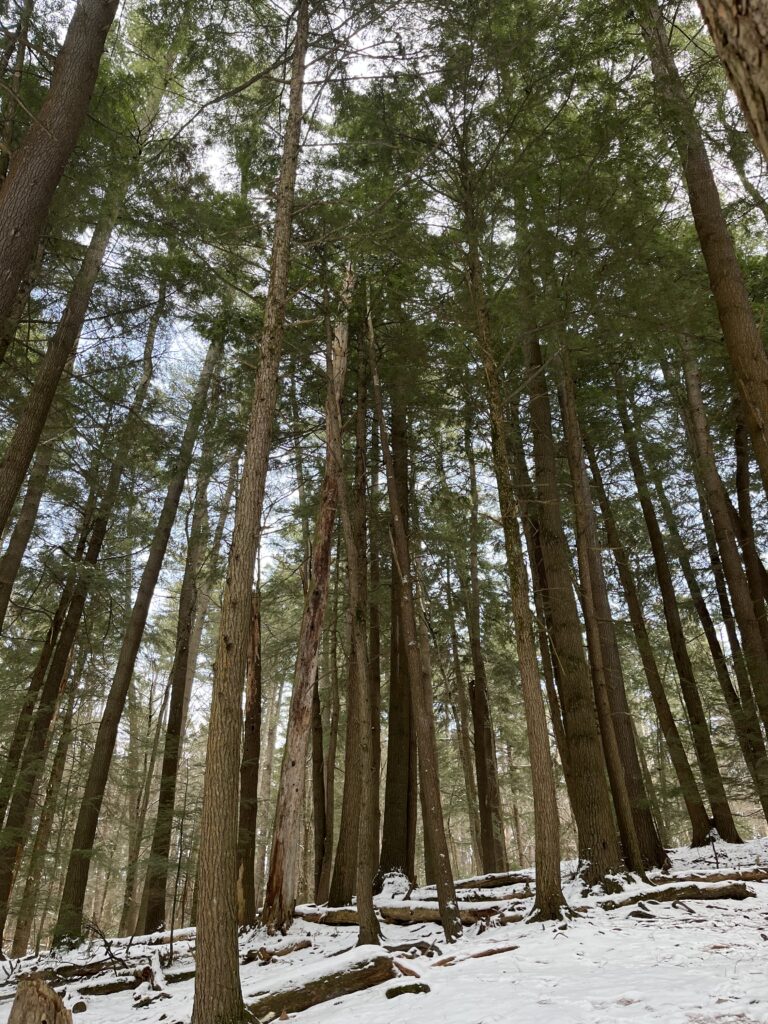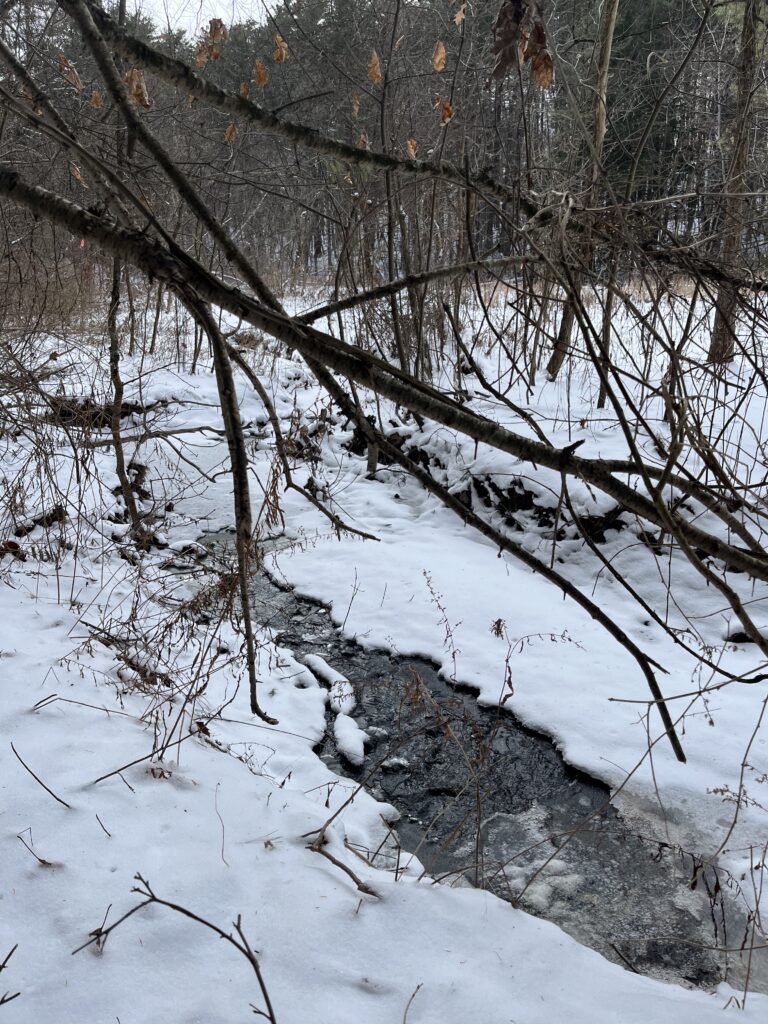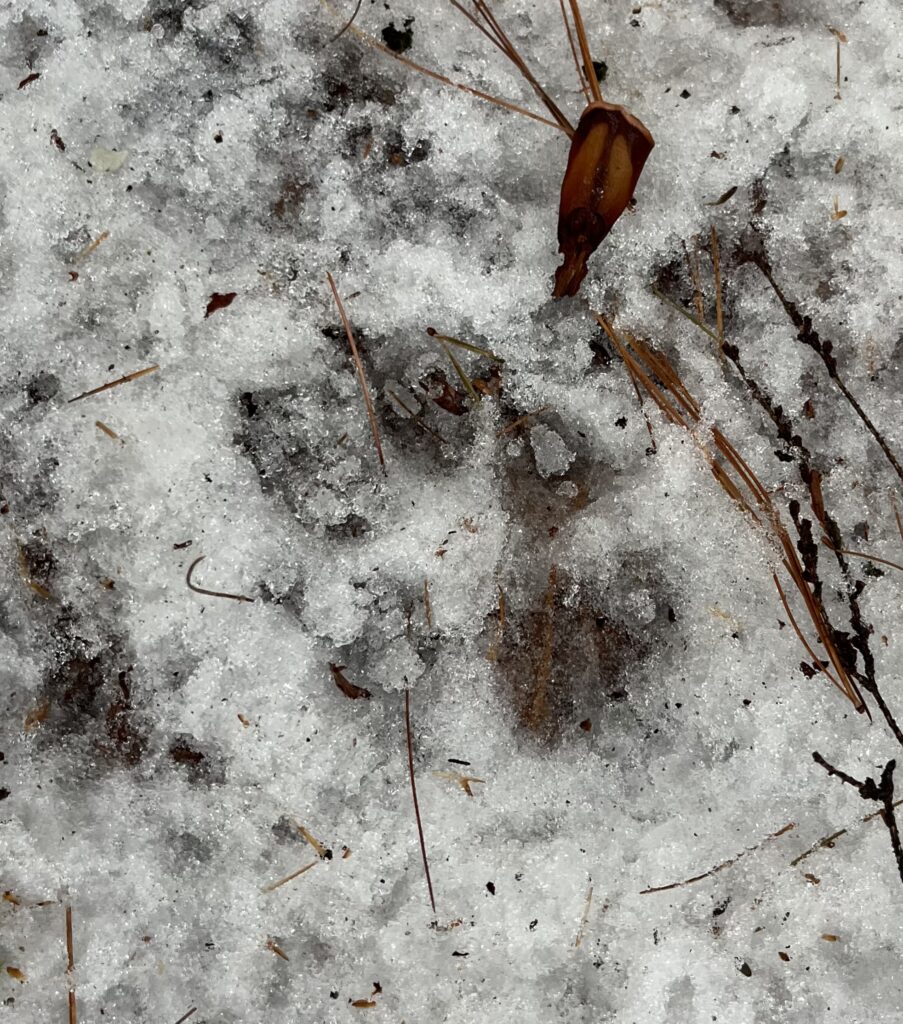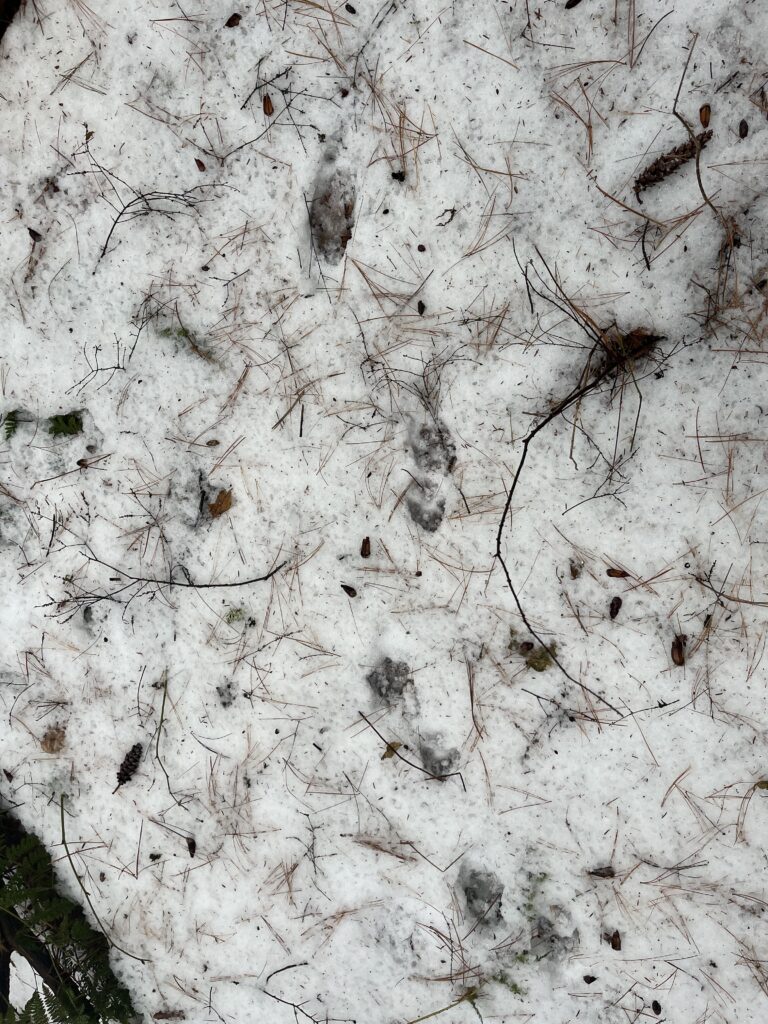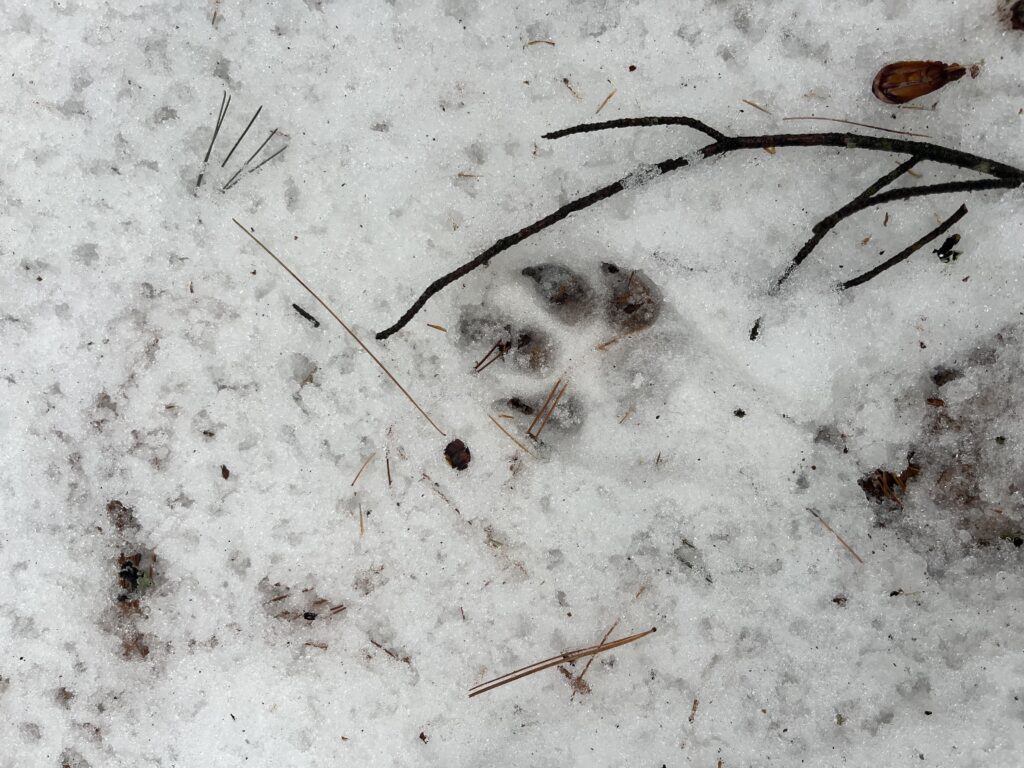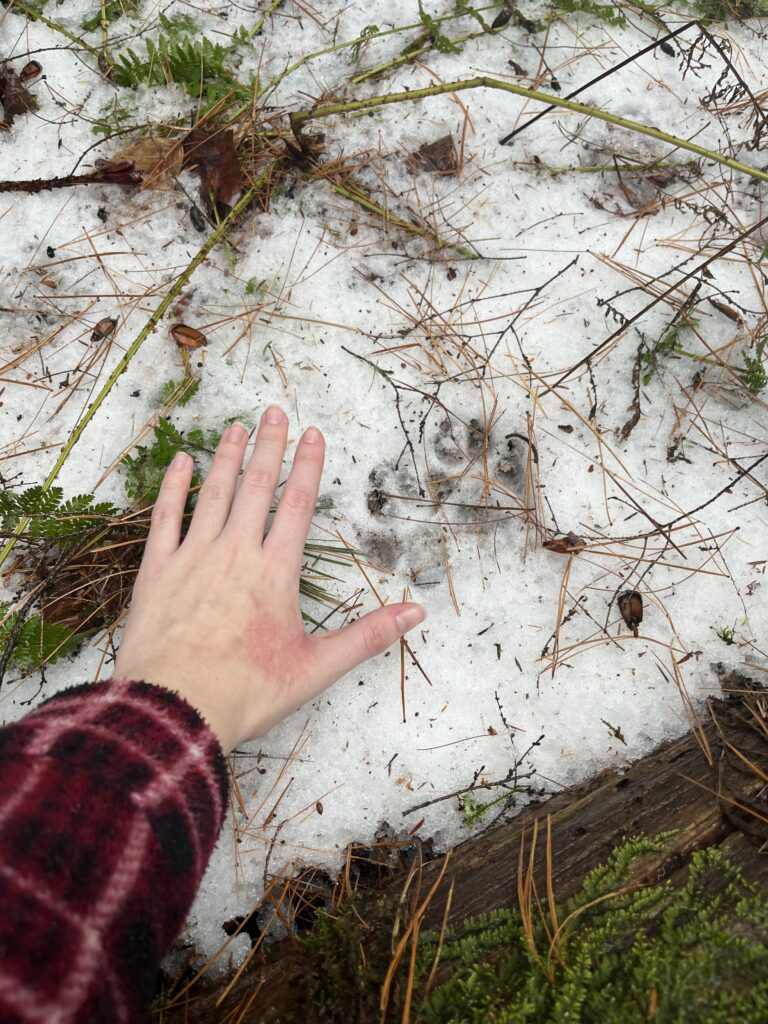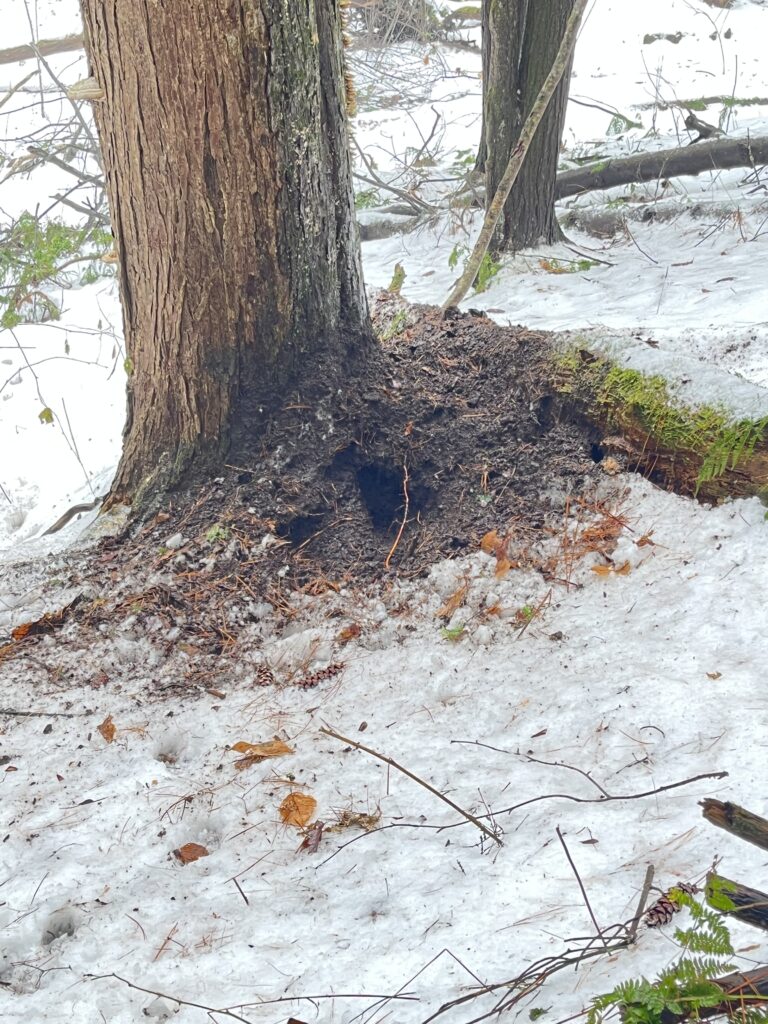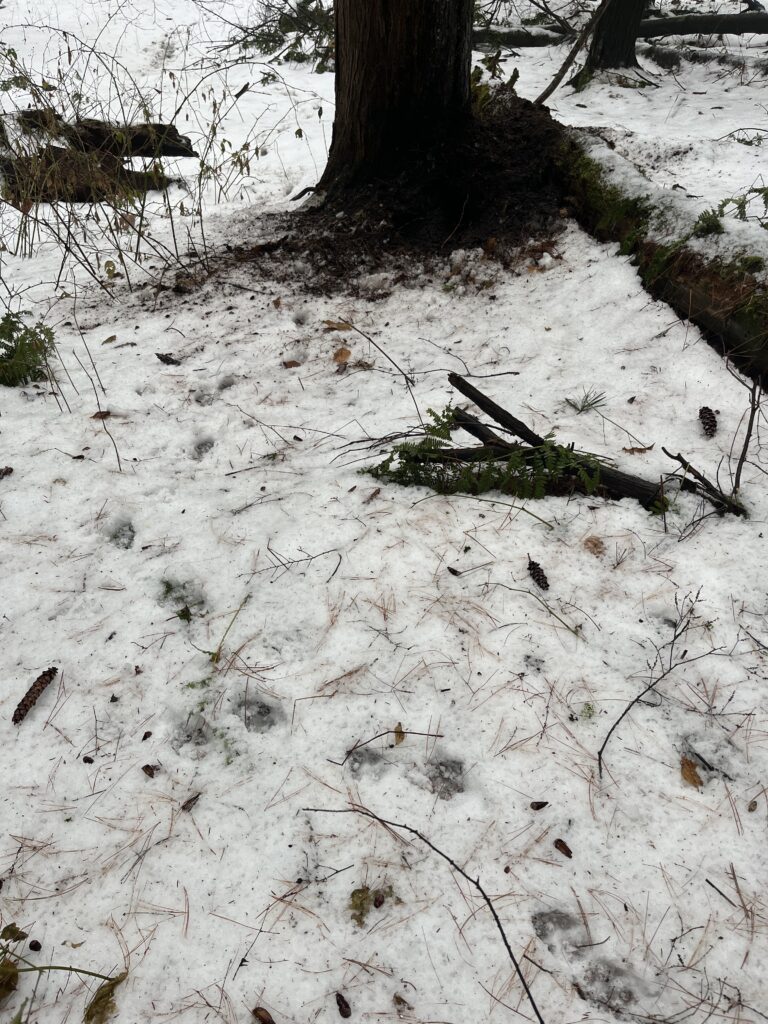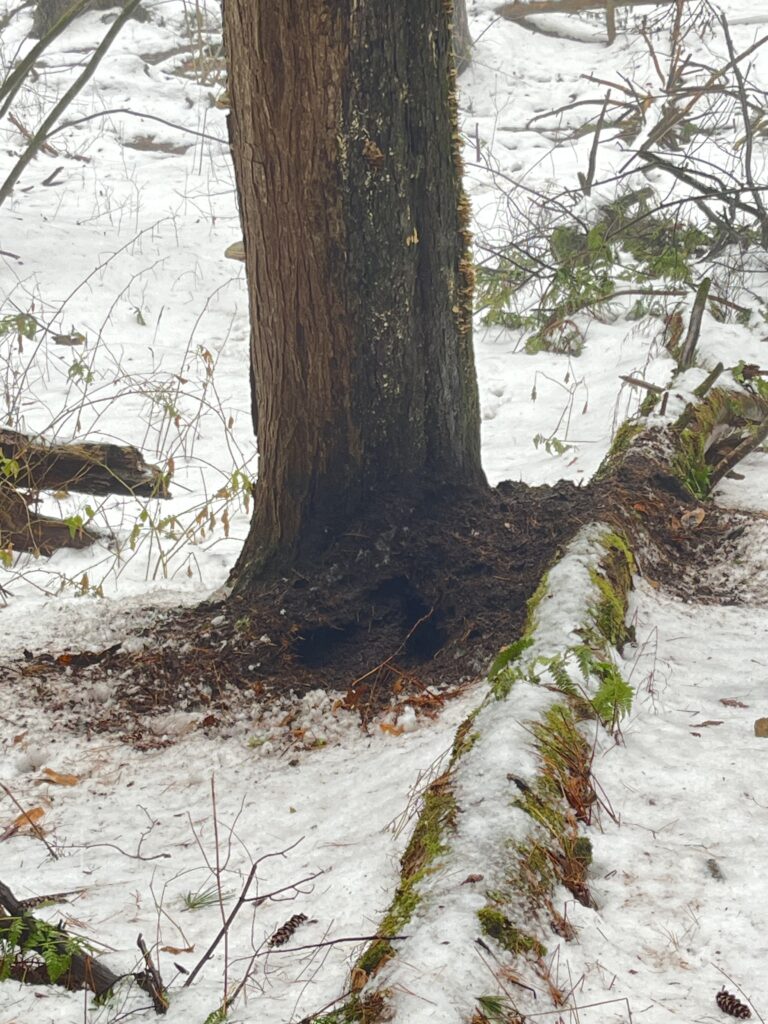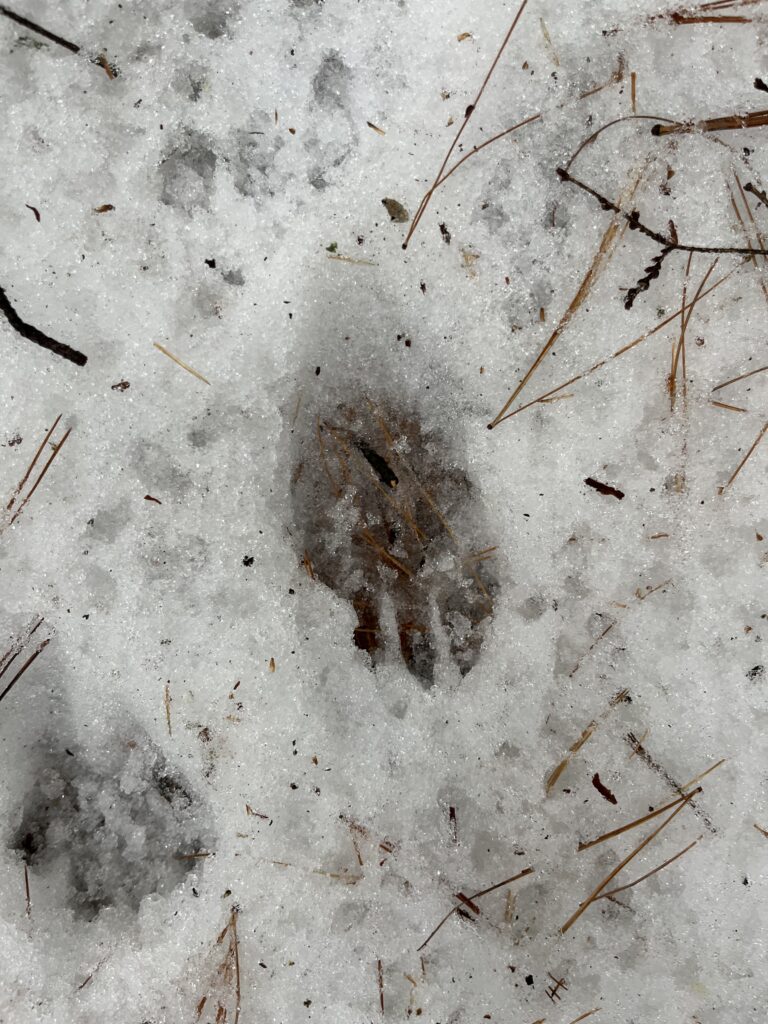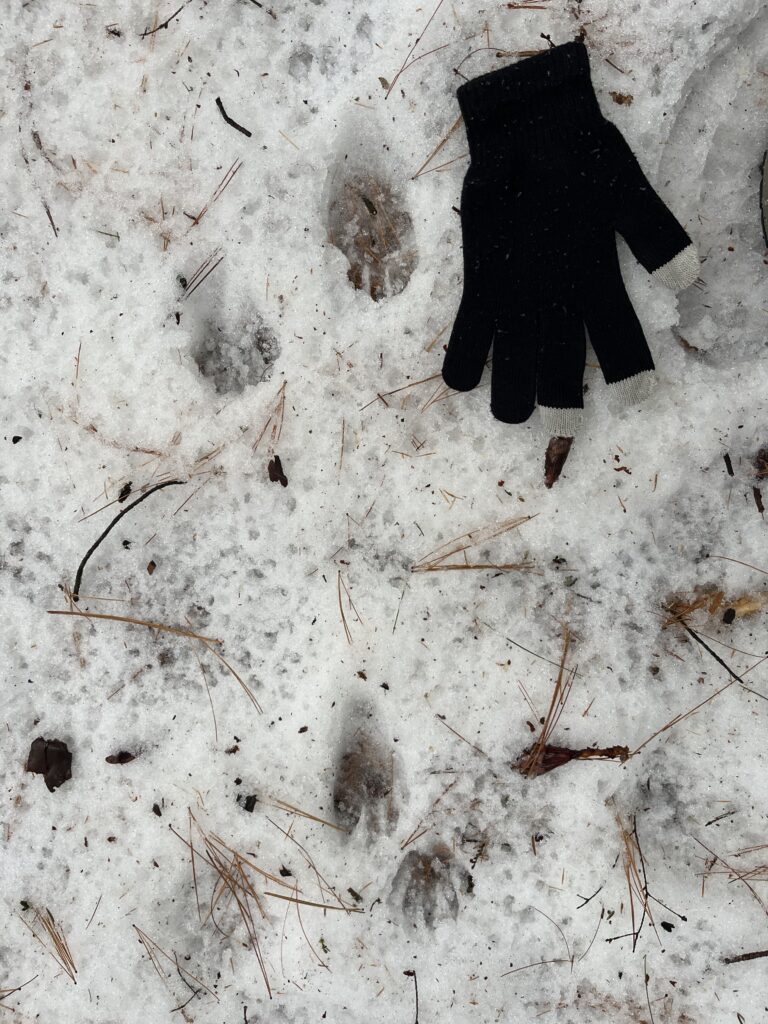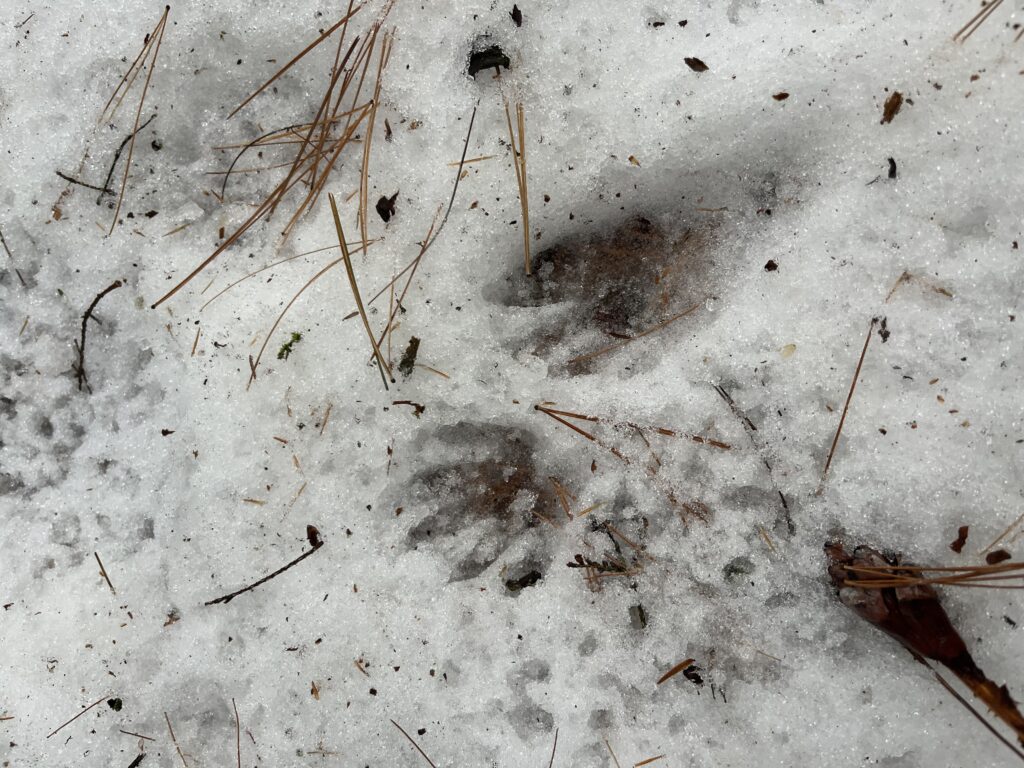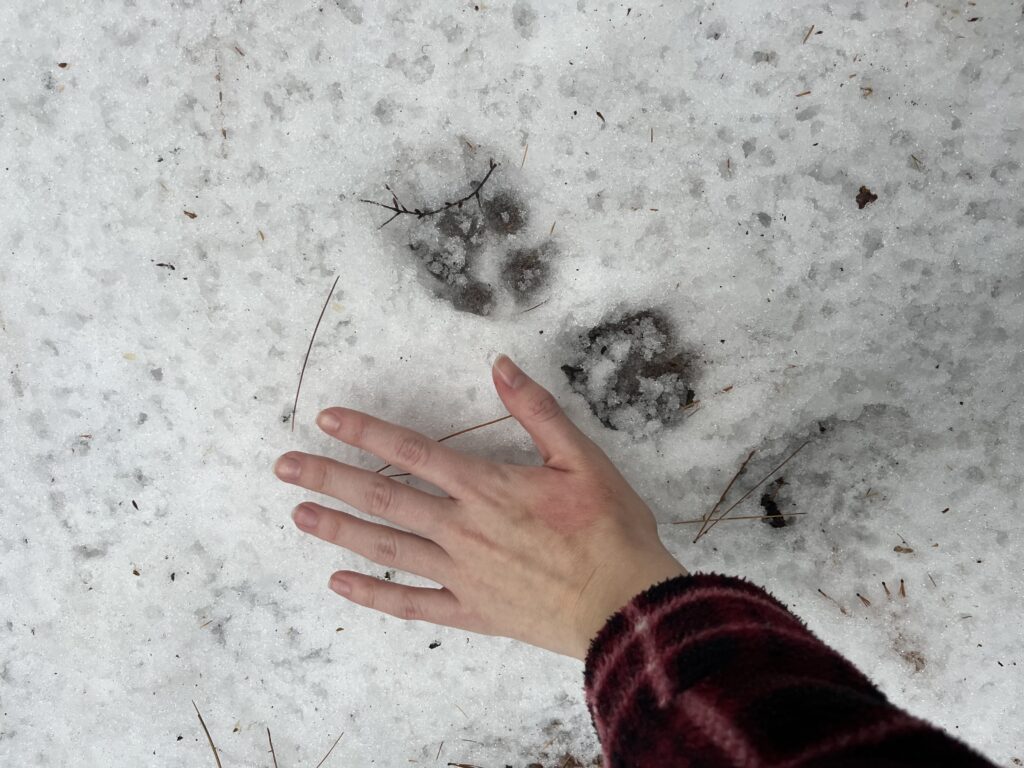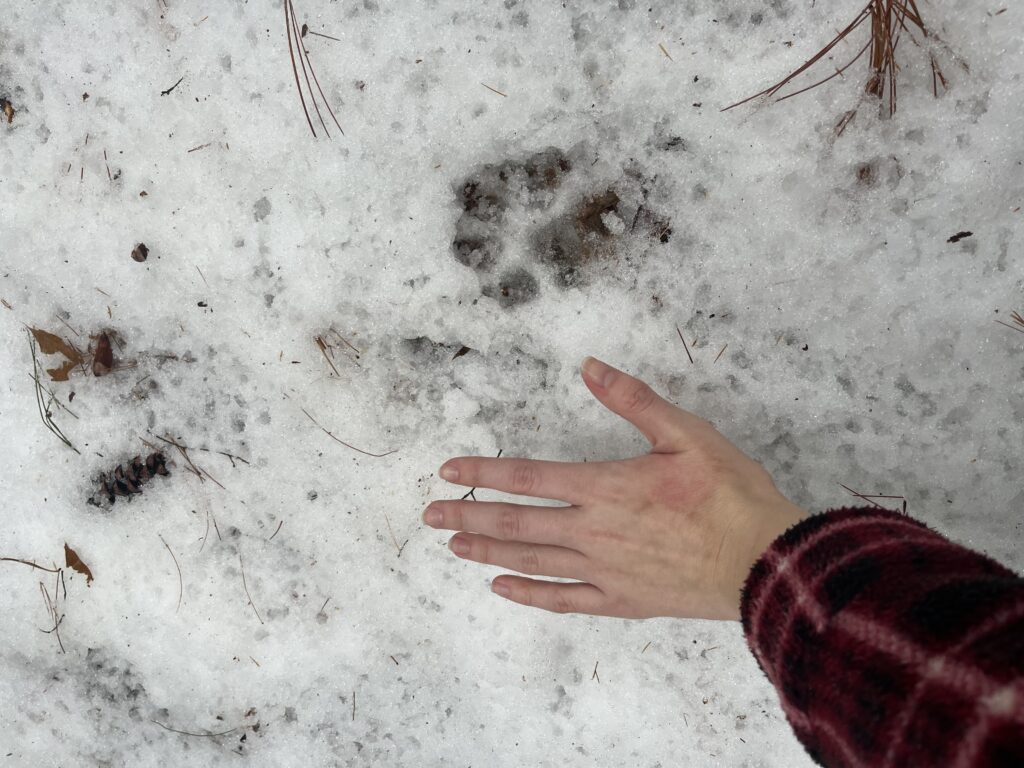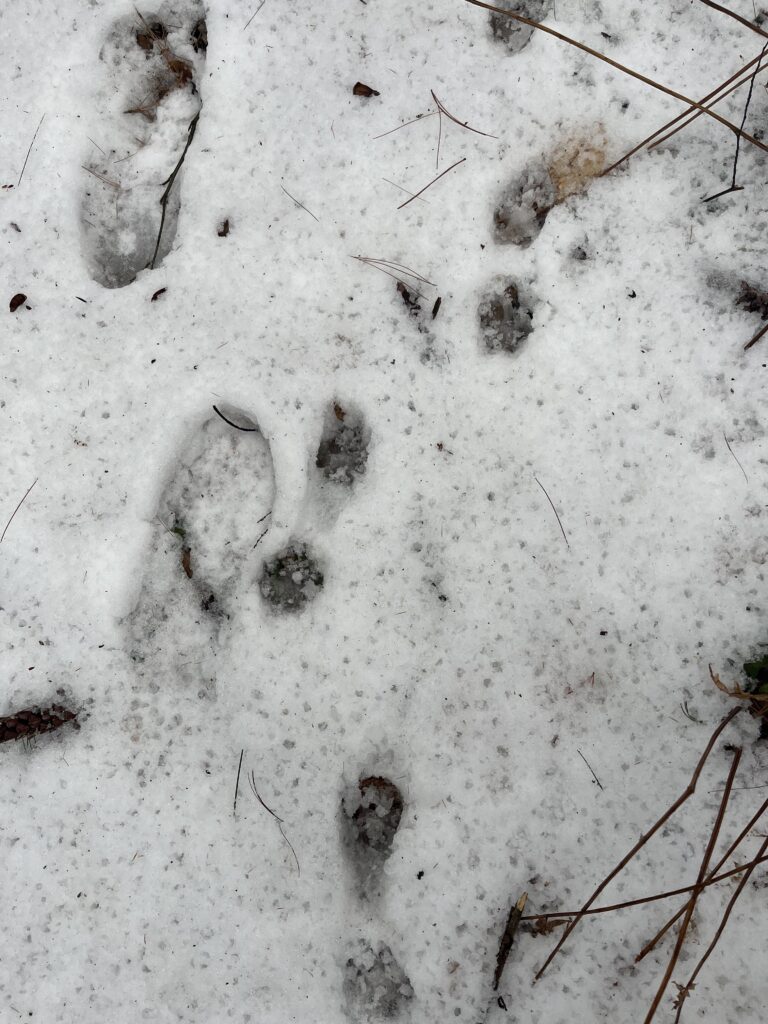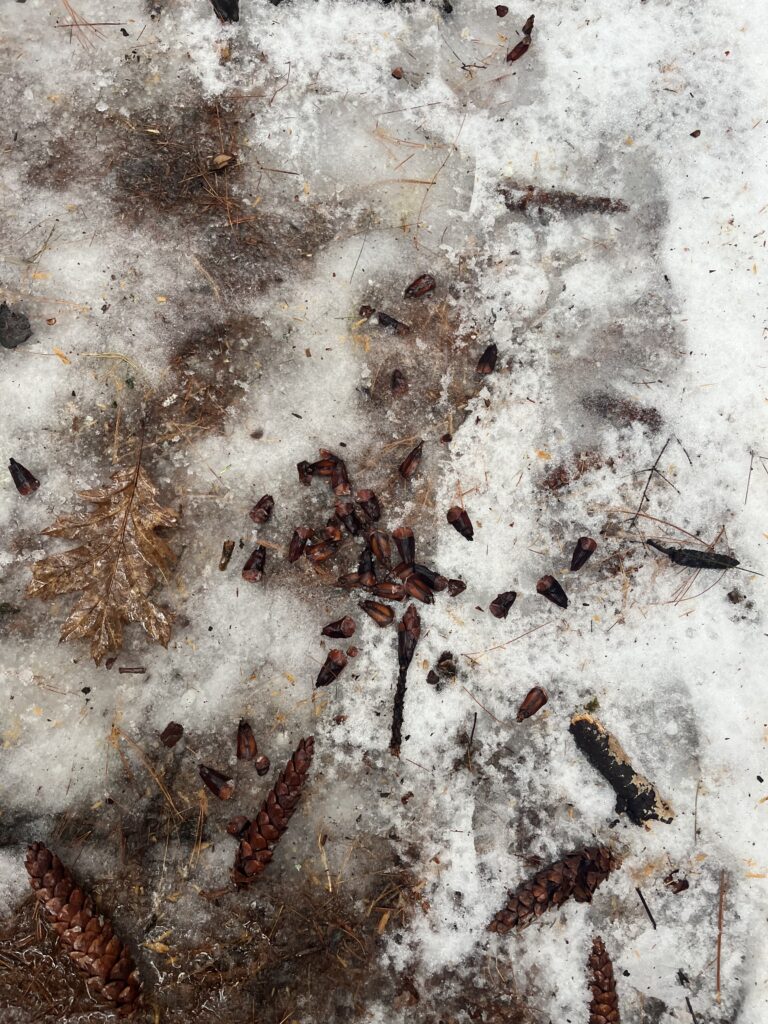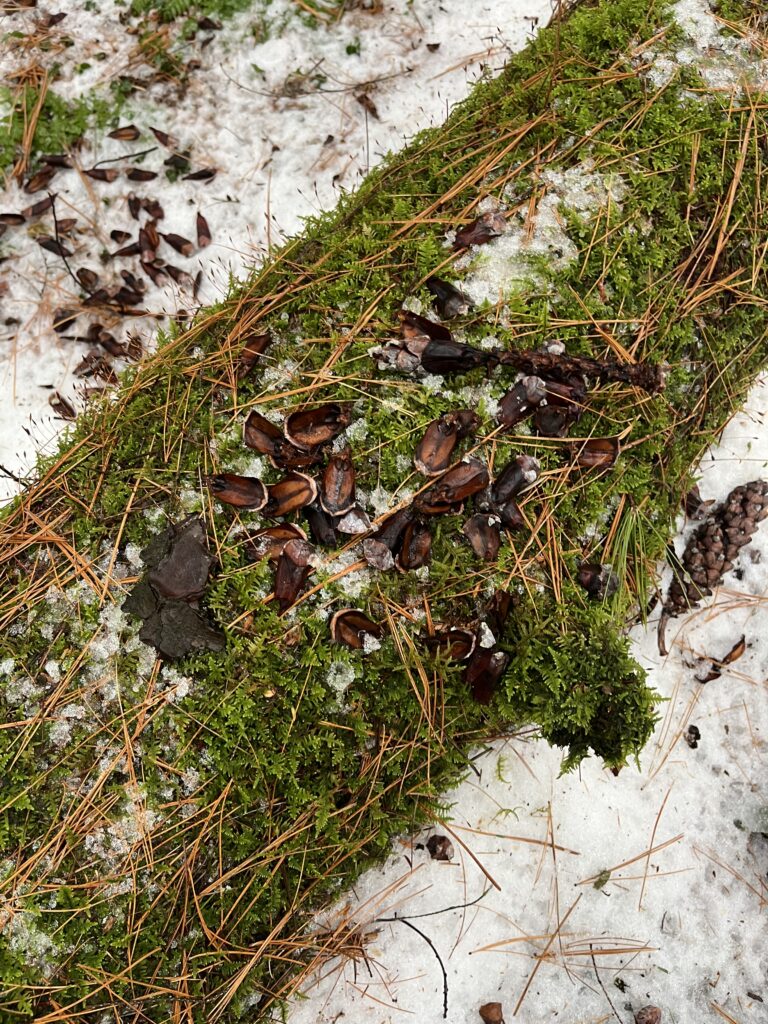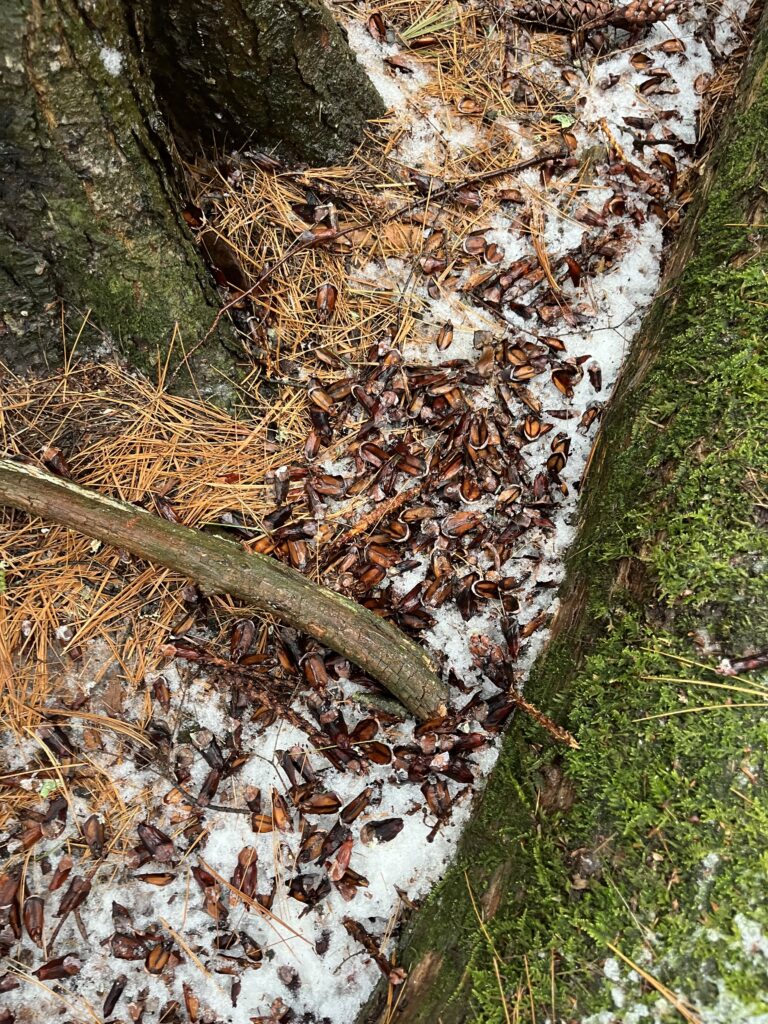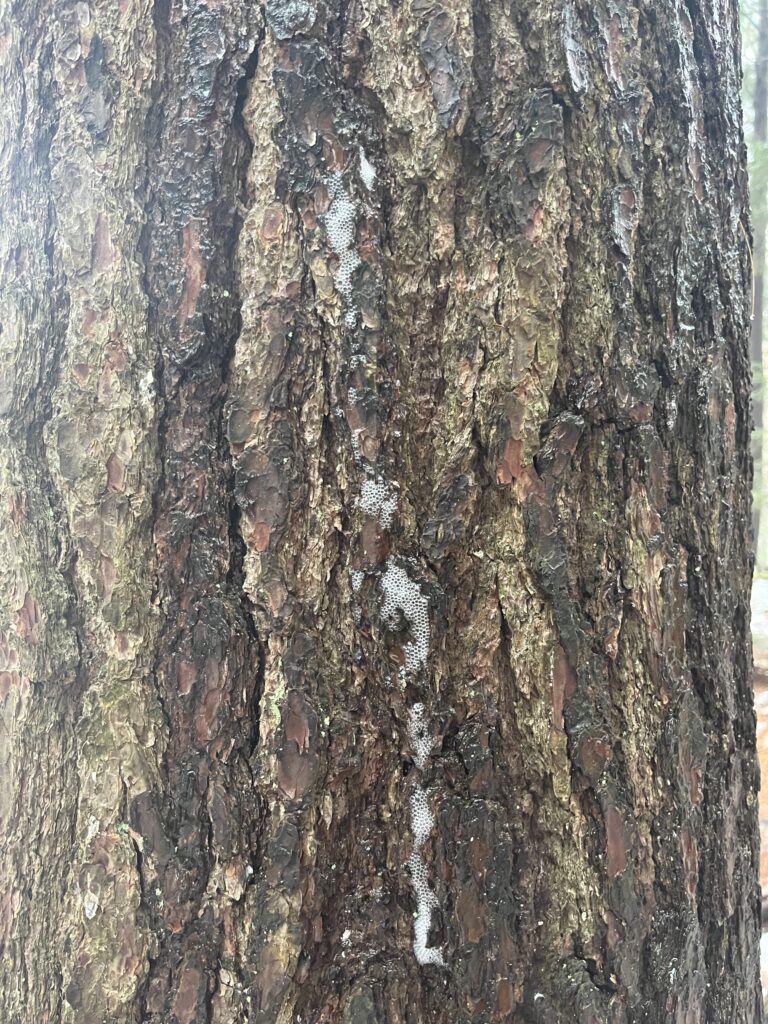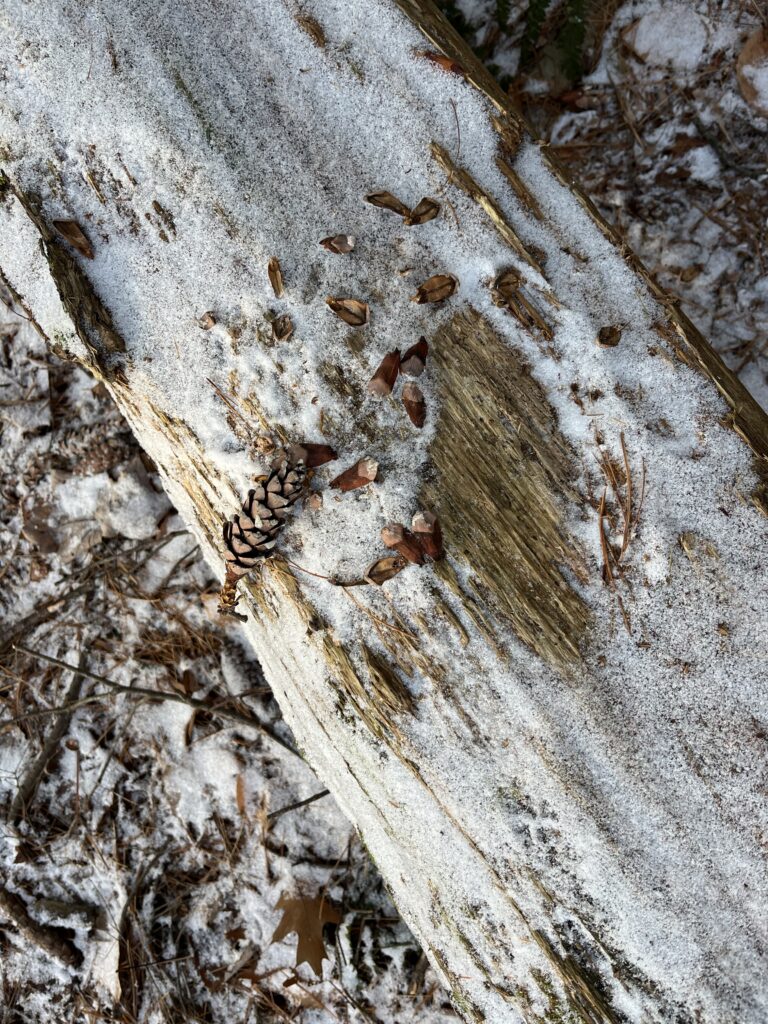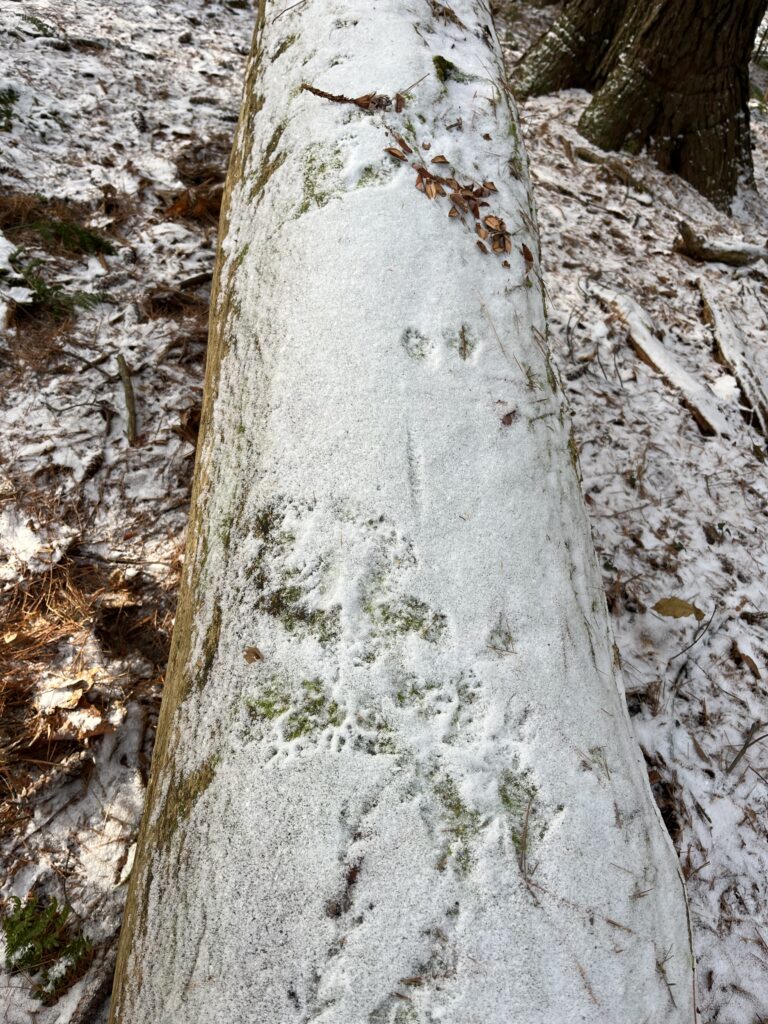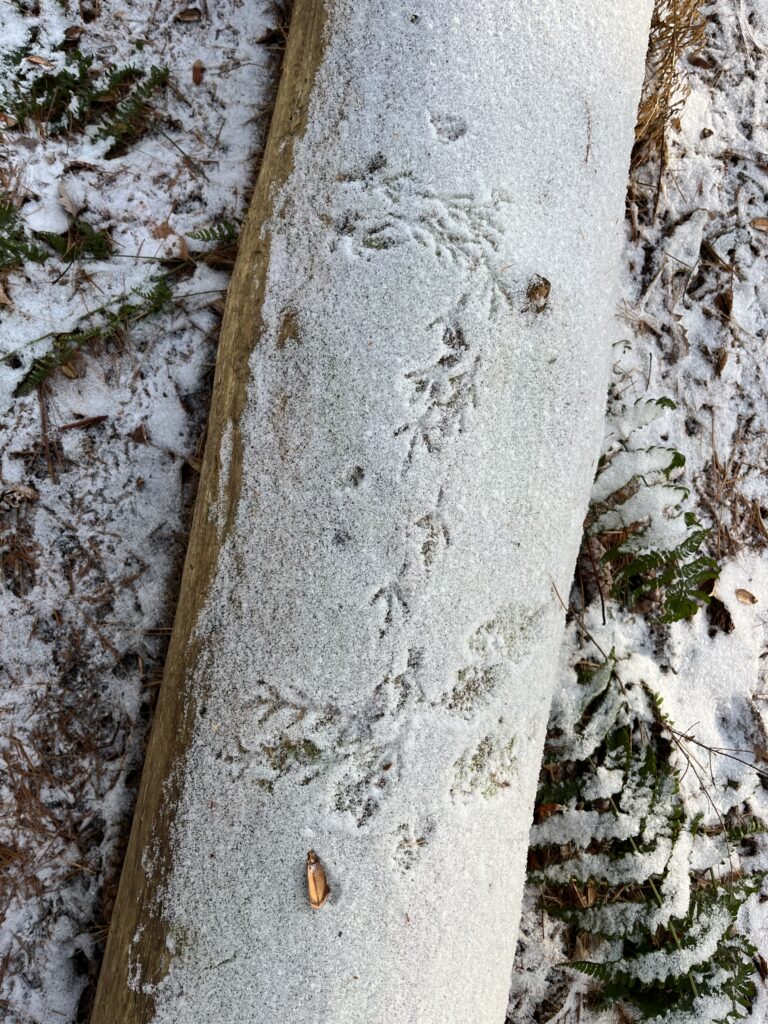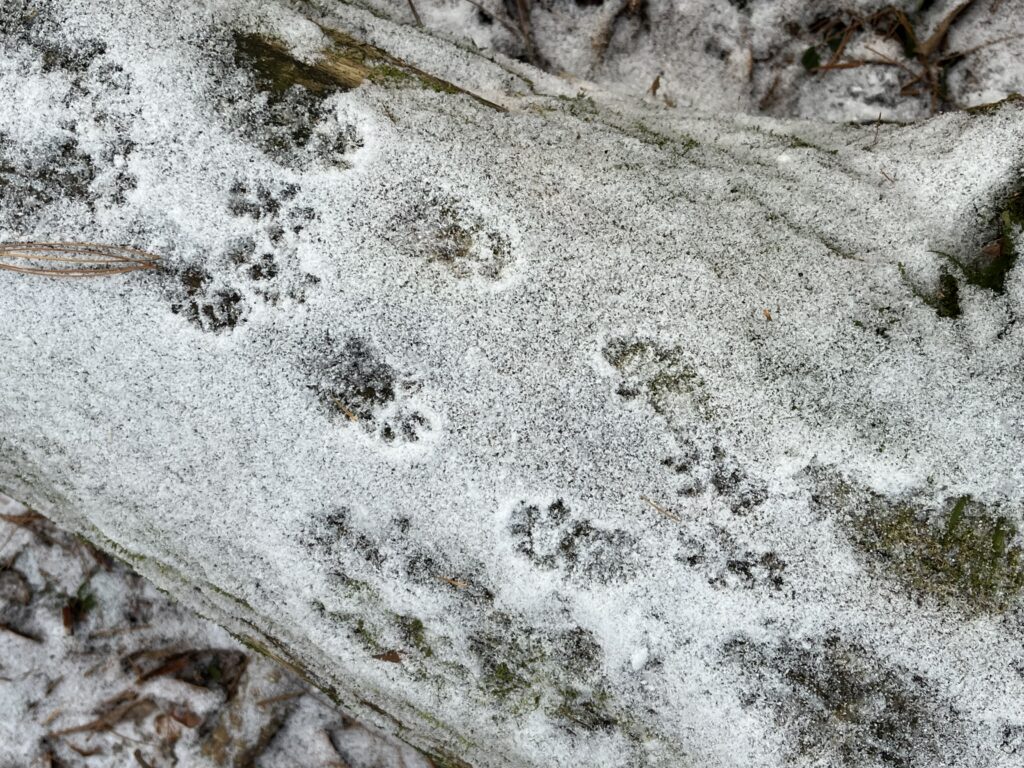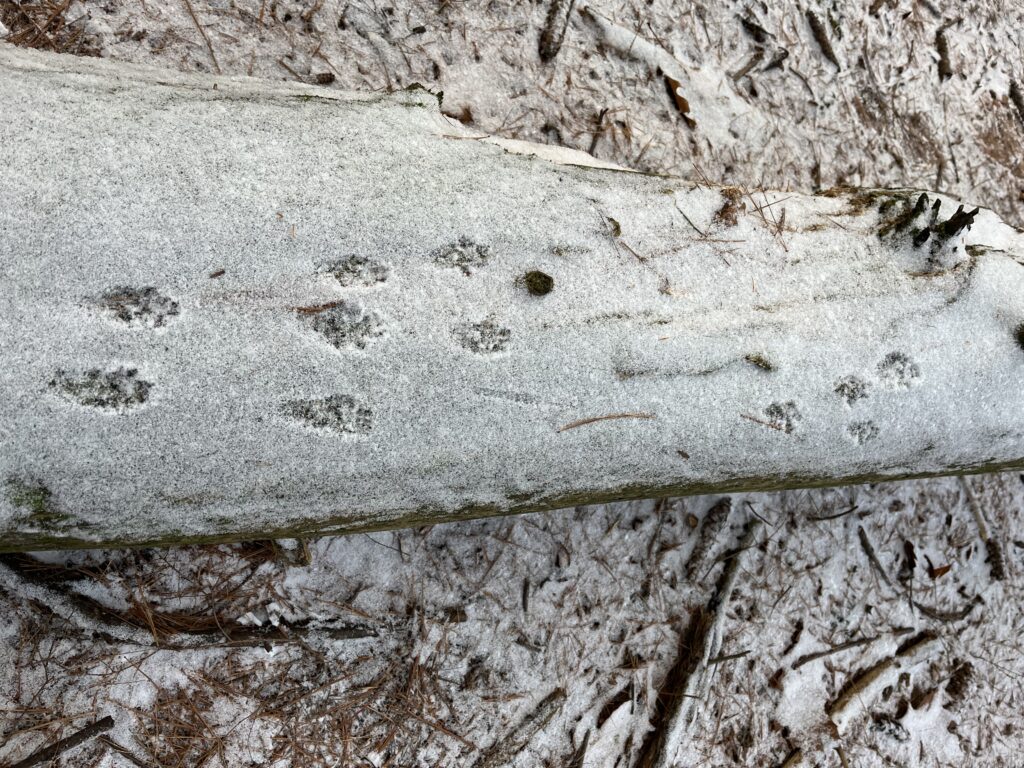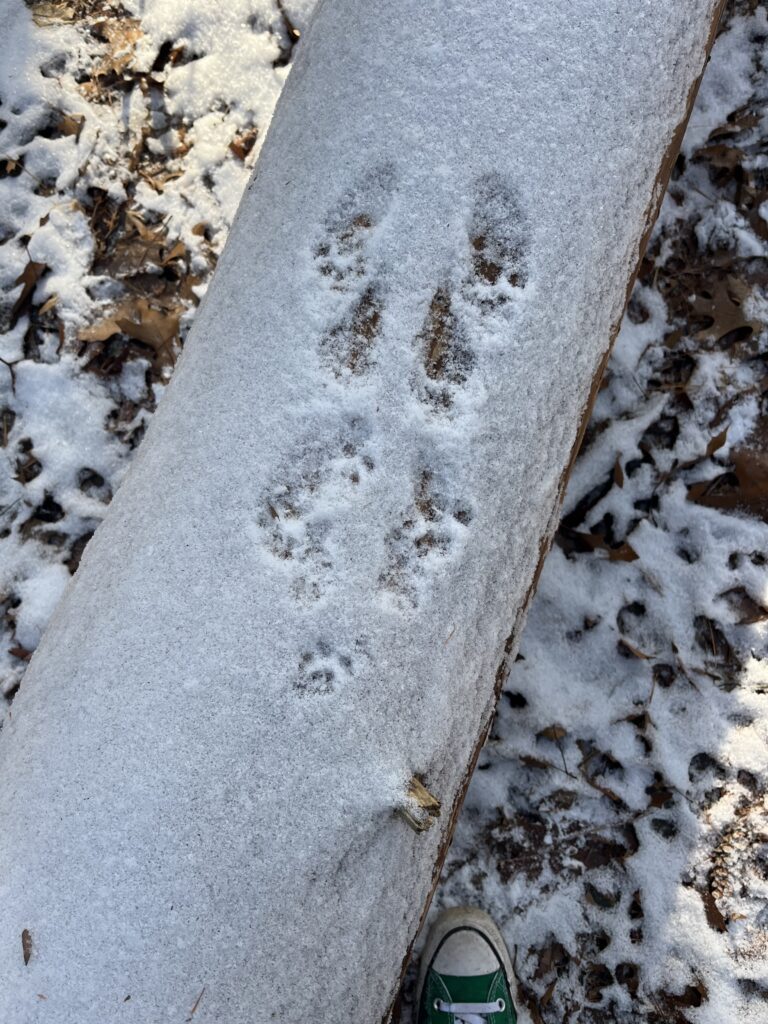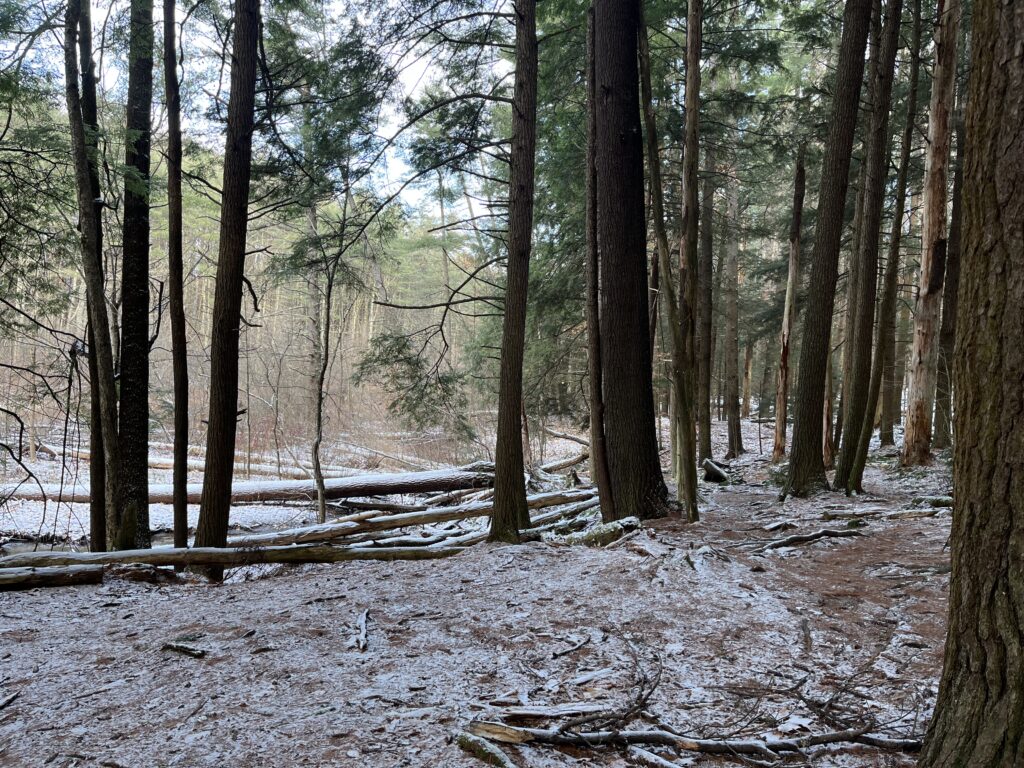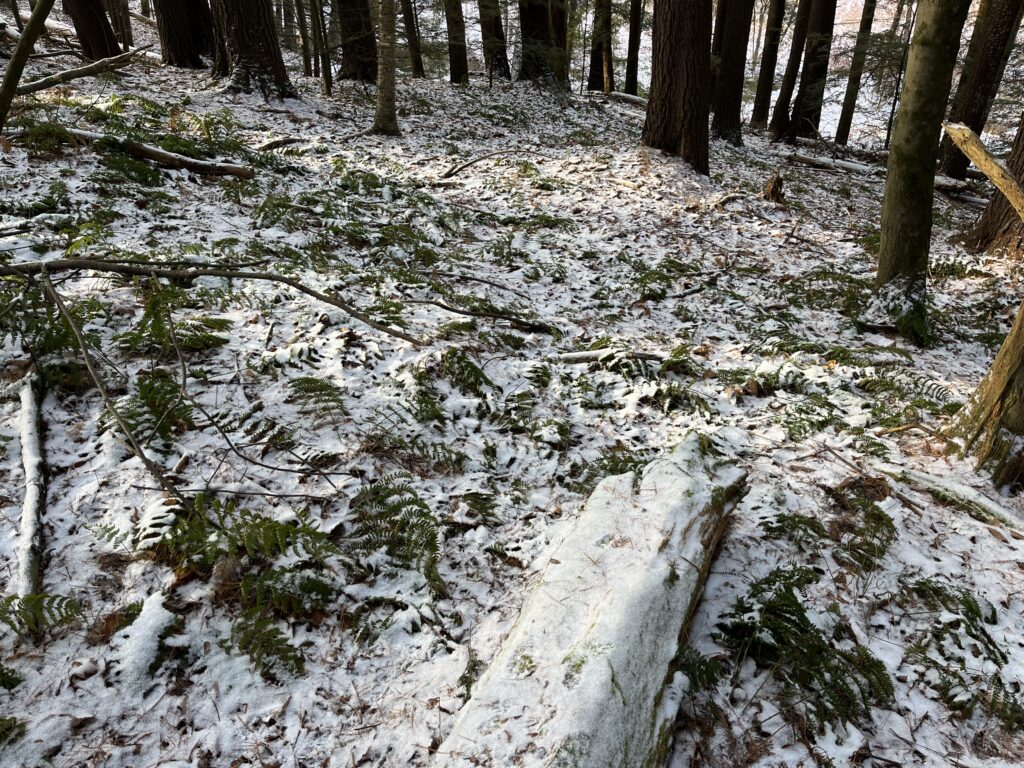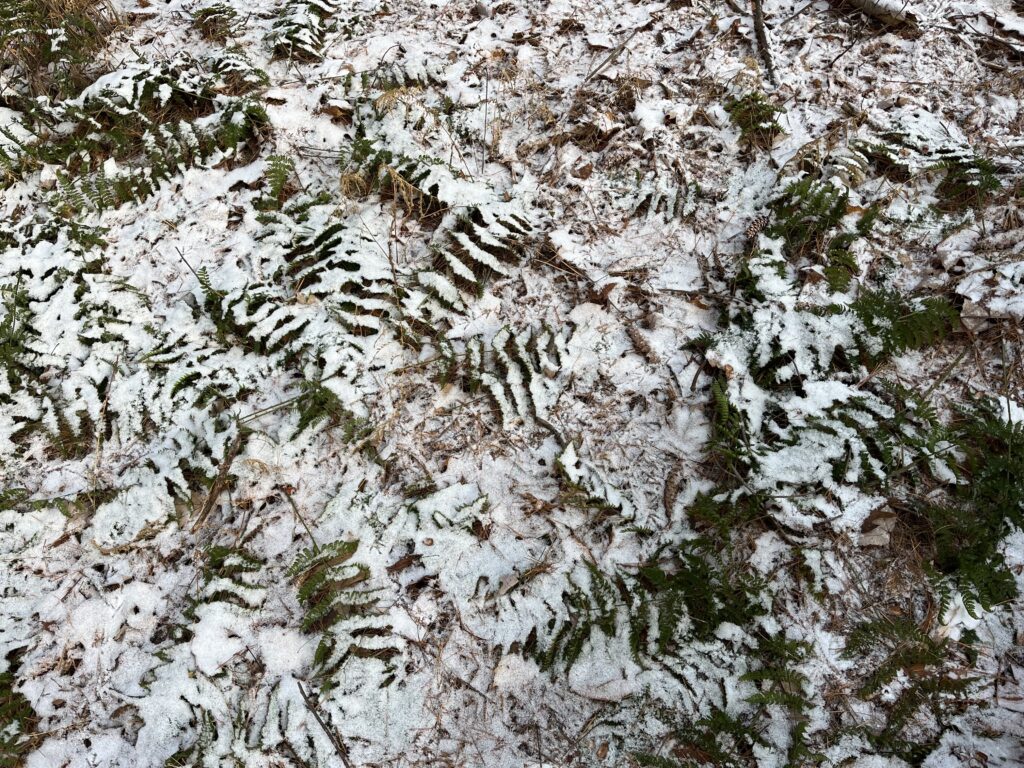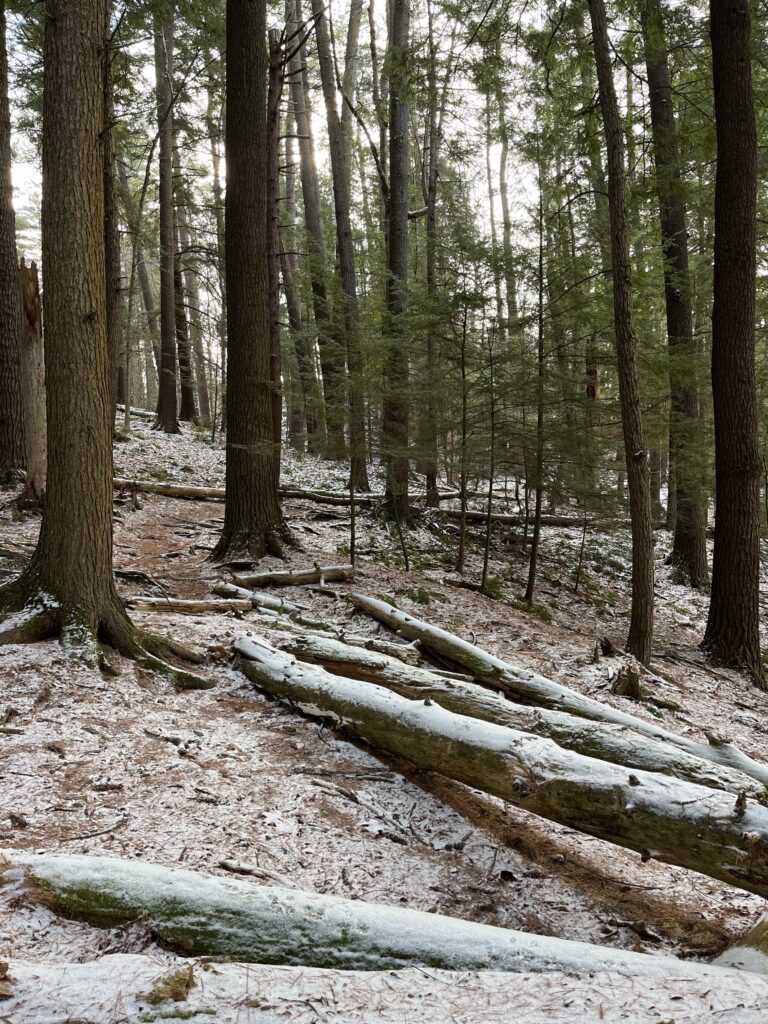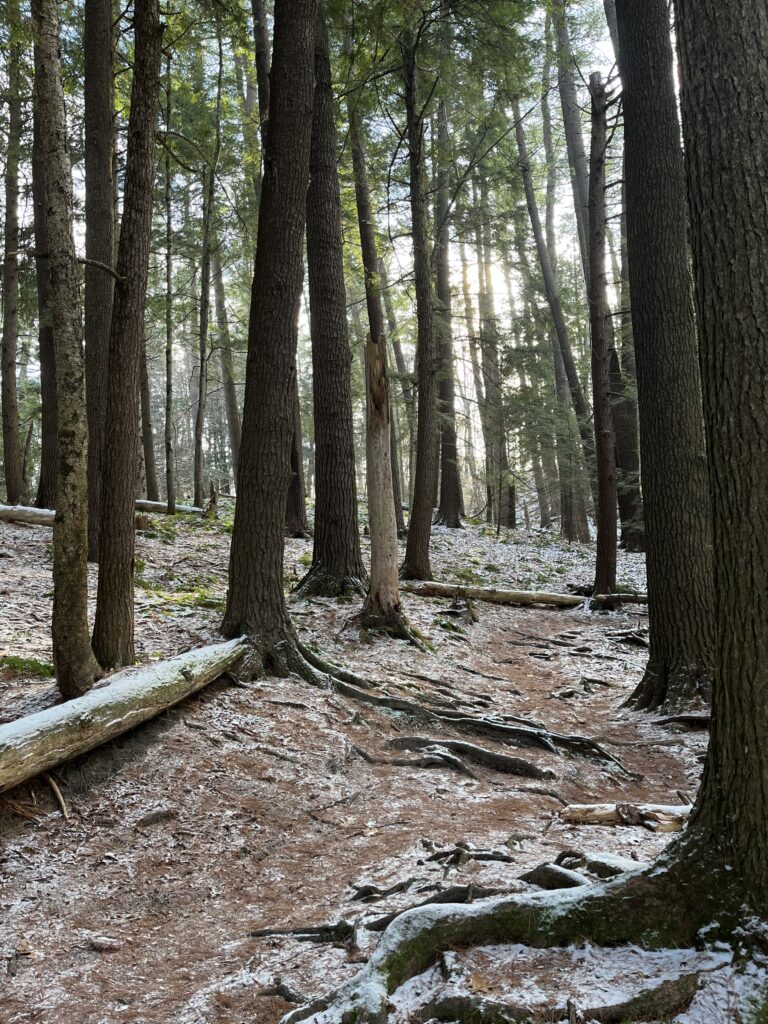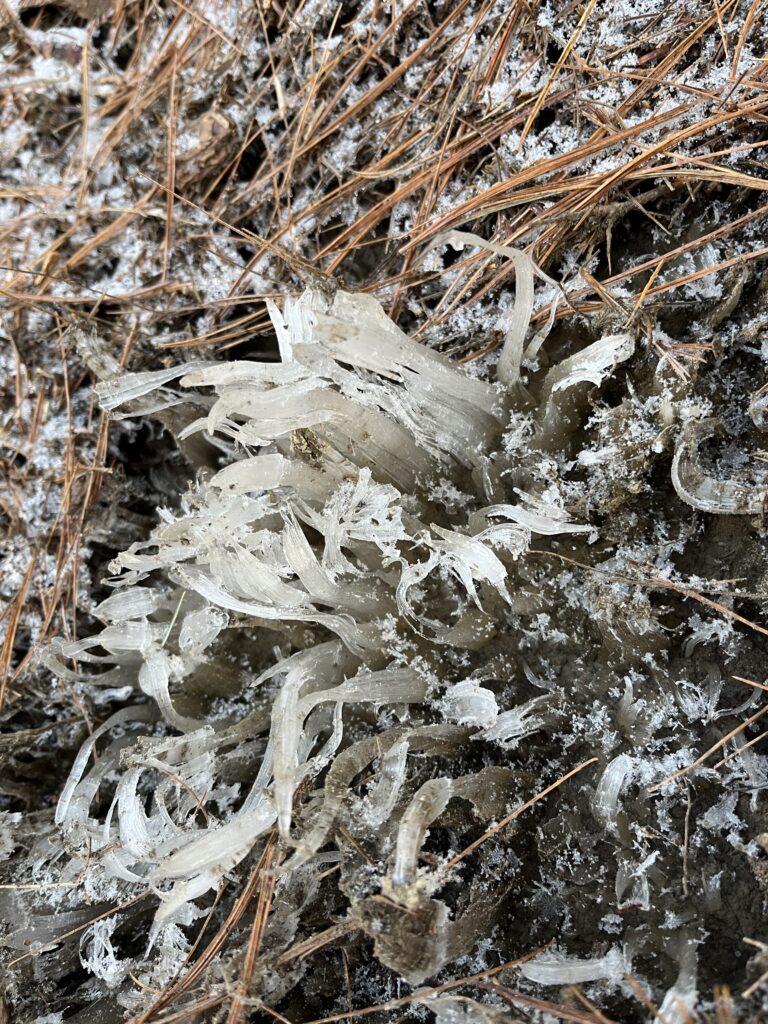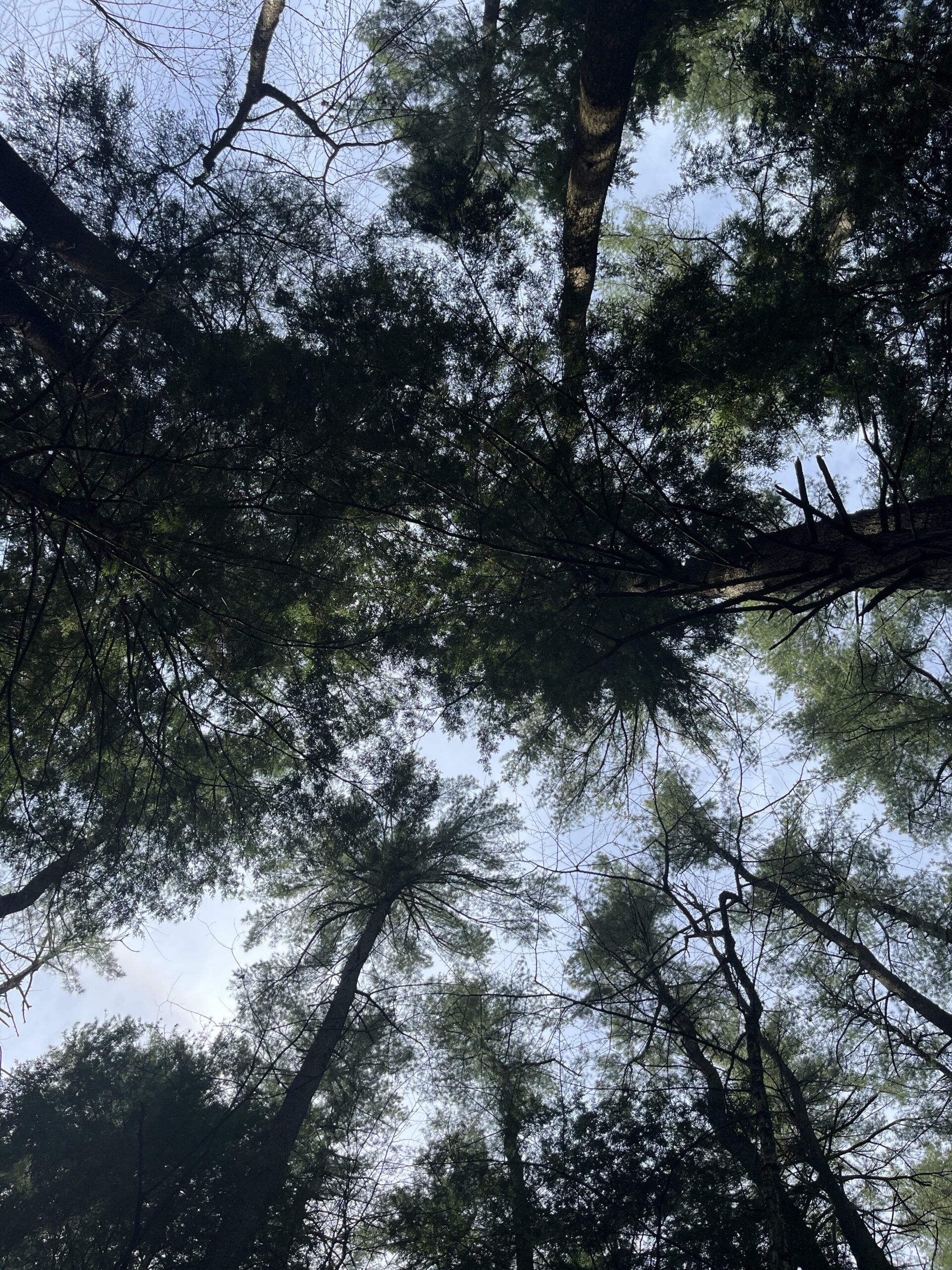
My site at Centennial woods has changed a lot over the several months I have visited it. In the fall, lots of plants were dying and animals were doing preparations for the winter. There was still a lot of green. Then came winter and the only green vegetation was the eastern white pines that populated the area. It was often covered in a layer of snow, and it was very quiet, since most animals were dormant or migrating. Now its spring and everything is back in bloom. Mushrooms are starting to appear on some logs. It is the season of regrowth and rebirth and that is seen by the plethora of new life sprouting from the forest floor.
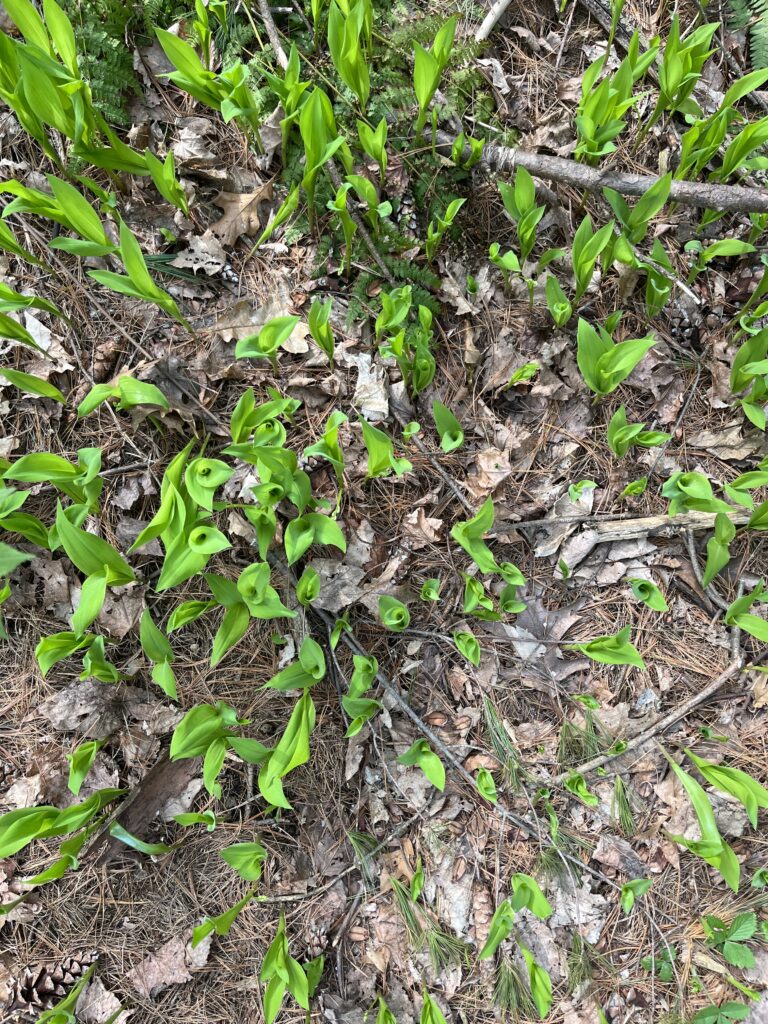
Every time I visited my site, I went to the same three spots. First, the stream, which runs through the front of my site. It’s been cool to see how the intensity of the stream has changed. Then halfway through my site there is a big tree which I would always stand near and observe new growth on or around it. lastly, towards the back of my site there is a dead log which I always ended my visit laying on for a while, taking in the sights and sounds of the woods.
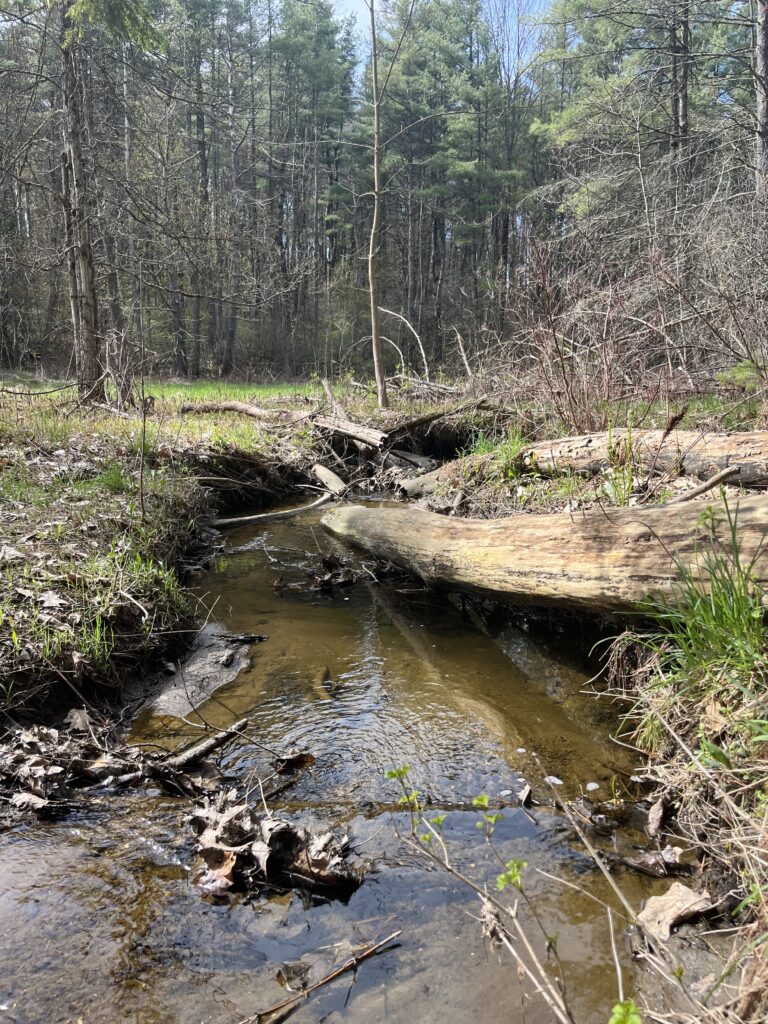
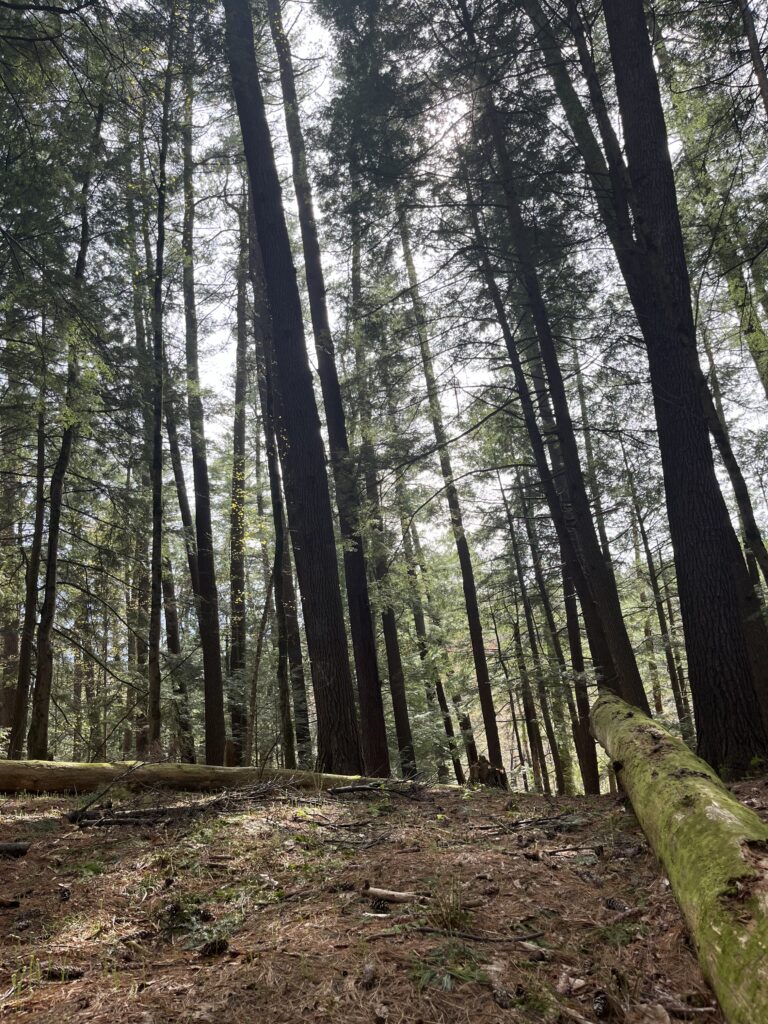
Nature and culture are very closely intertwined here because centennial woods is so close to the University of Vermont campus as well as the city of Burlington. Many students and town members actively visit the forest for recreation. Running, hiking, relaxing, birding, etc. Its close proximity to Burlington also means that it is a great spot for research. There is also a lot of volunteer work that happens in Centennial woods, such as the clean-up which is happening on my 4th. Which today I did see some new tree plantings surrounded by protective covers which could be a research or volunteer activity. It is important for everyone who visits the space to be respectful and mindful of the plant and animal life around them. I had to be careful when walking around my site because there were so many new fern fronds, and I didn’t want to step on any.
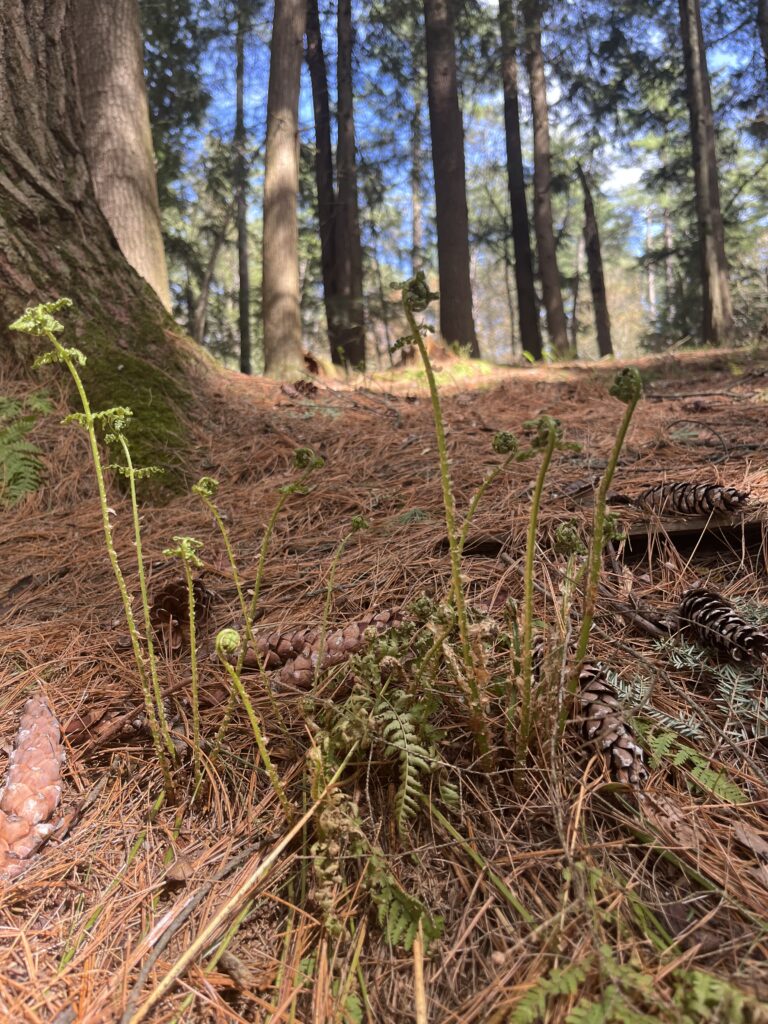
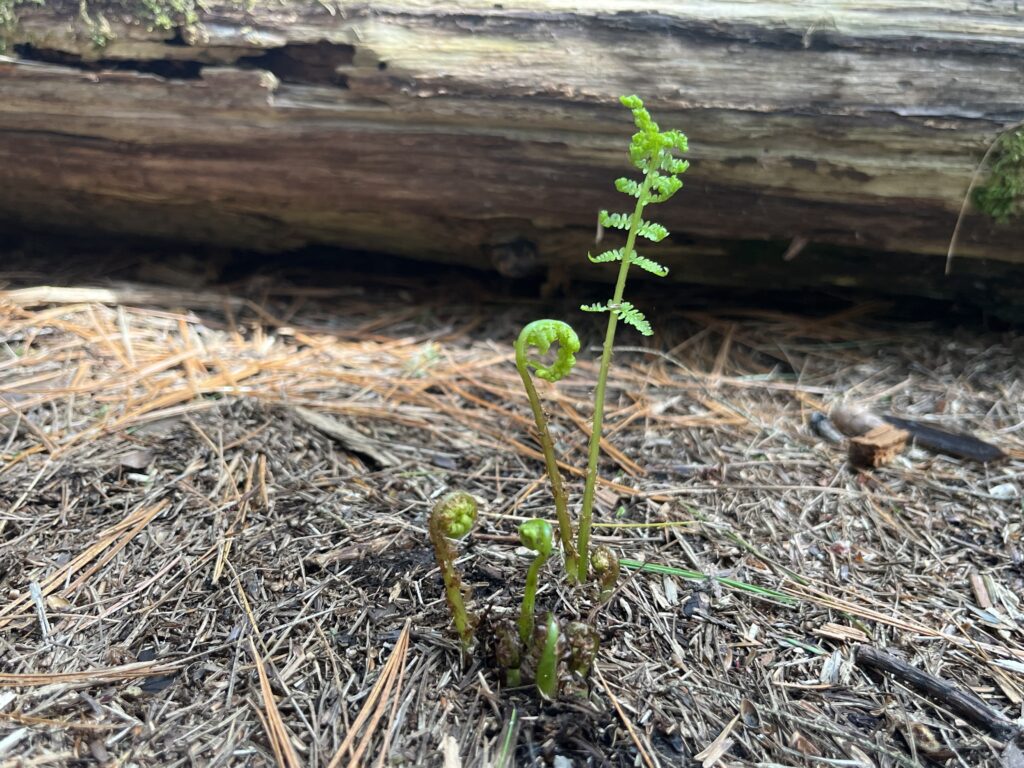
I think I consider myself more of a visitor of my place. I come to observe and document the changes that happen around me, but I never take anything from the area, and I never leave anything there (leave no trace!!). Though I do align with the ideal that we are all a part of nature, and we need to take good care of it. I think I care much more about Centennial woods now than I did at the start of the semester which goes to show that having a connection to a place makes it that much more important.
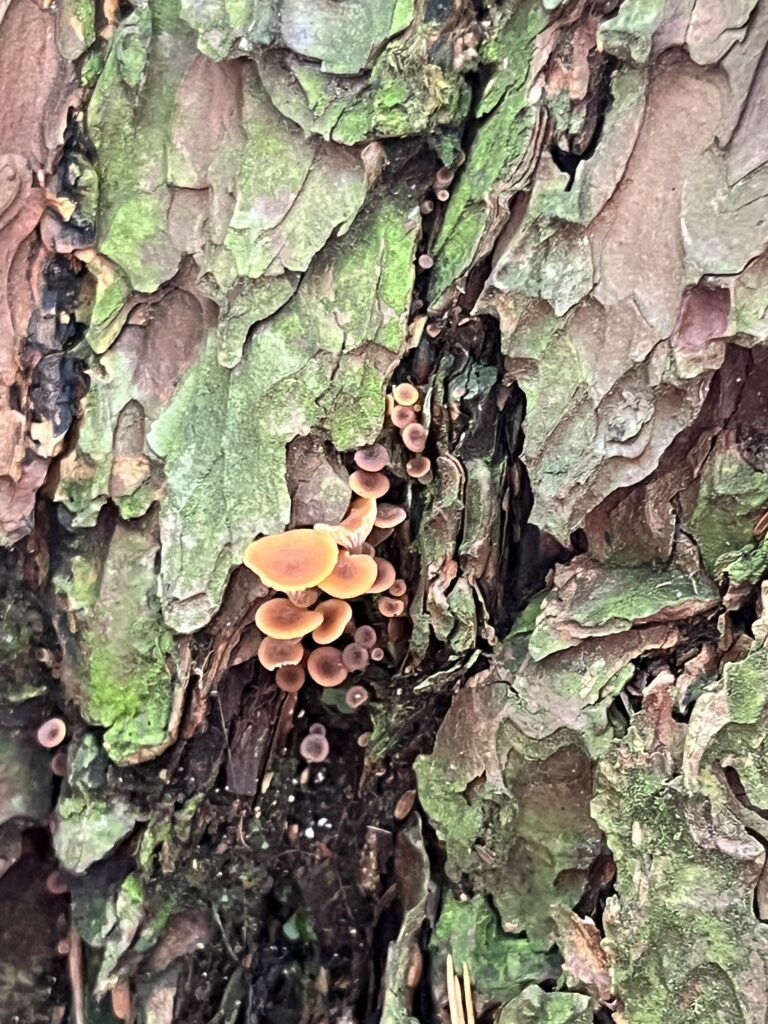
Along with all of the new growth, I also heard many birds including:
- White-throated Sparrow
- Great Crested Flycatcher
- Red-breasted Nuthatch
- Black-capped Chickadee
- American Goldfinch
- Dark Eyed Junco
There was also a lot of insect and bee activity. I also saw a frog in the stream!
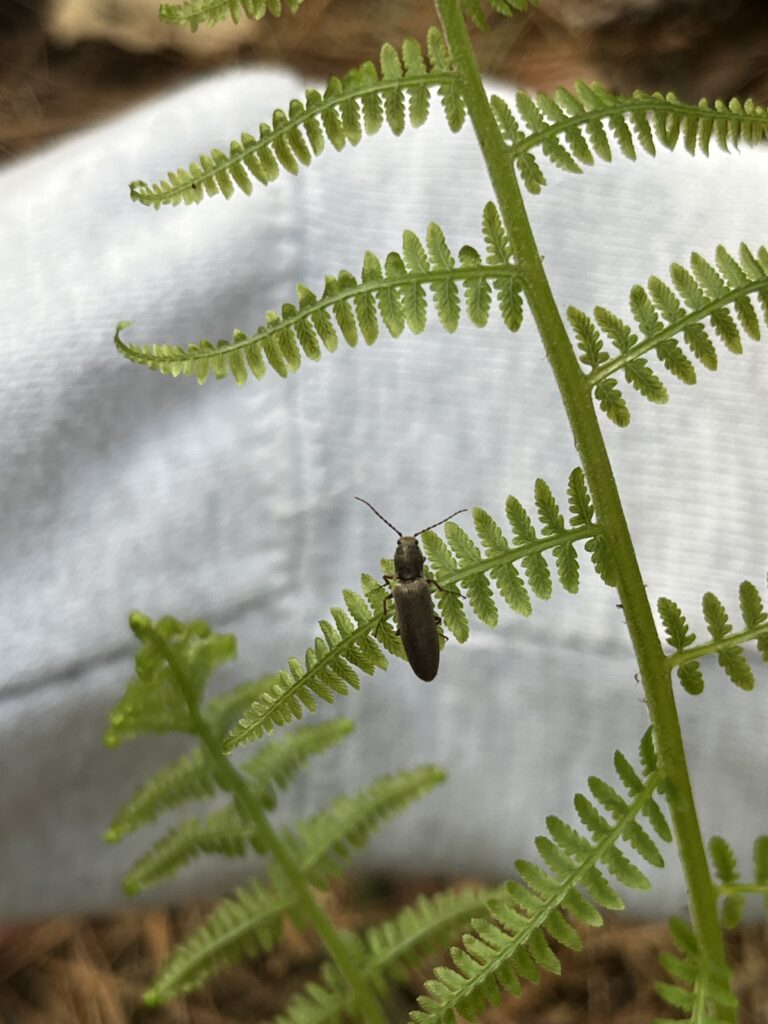
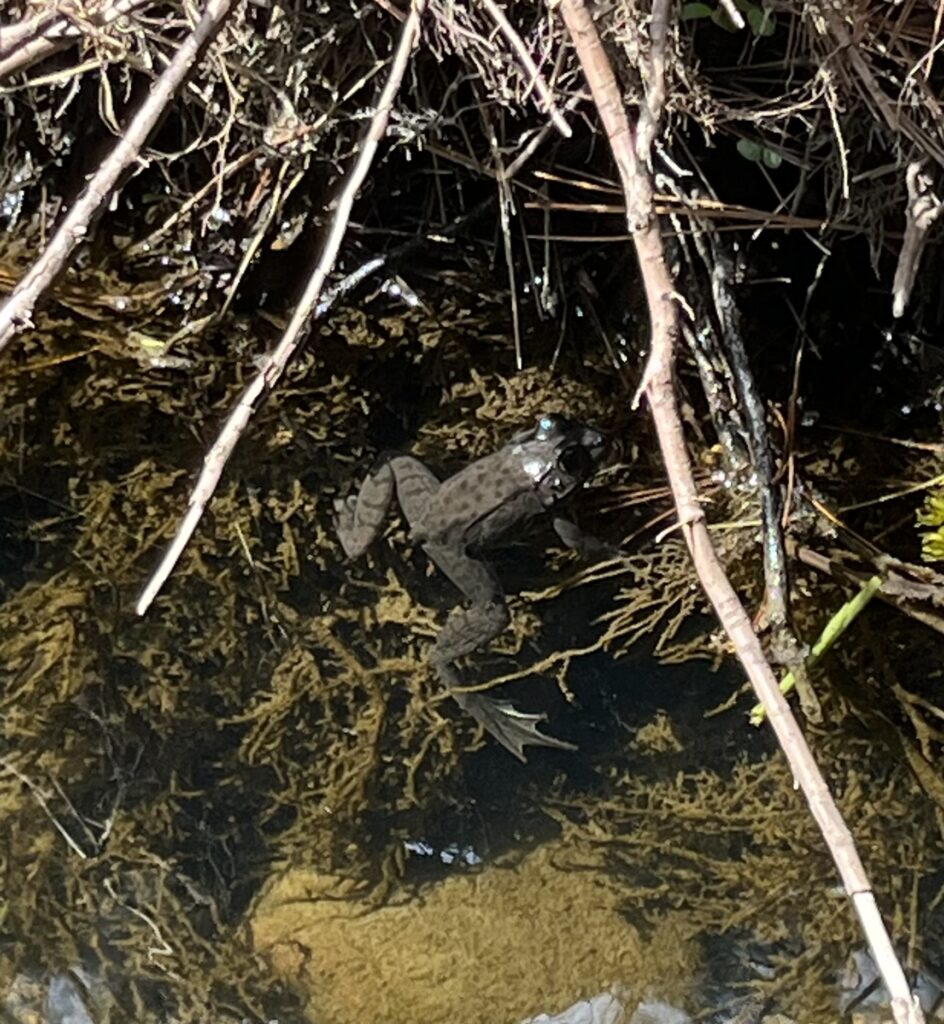
I will definitely be back to spend more time there in the fall, but for now, Goodbye Centennial Woods!
